Why we ran it: To find out how much closer to GTI territory Renault Sport has moved its Mégane hot hatch and whether the cheapest one may also be the sweetest
Month 4 - Month 3 - Month 2 - Month 1 - Prices and specs
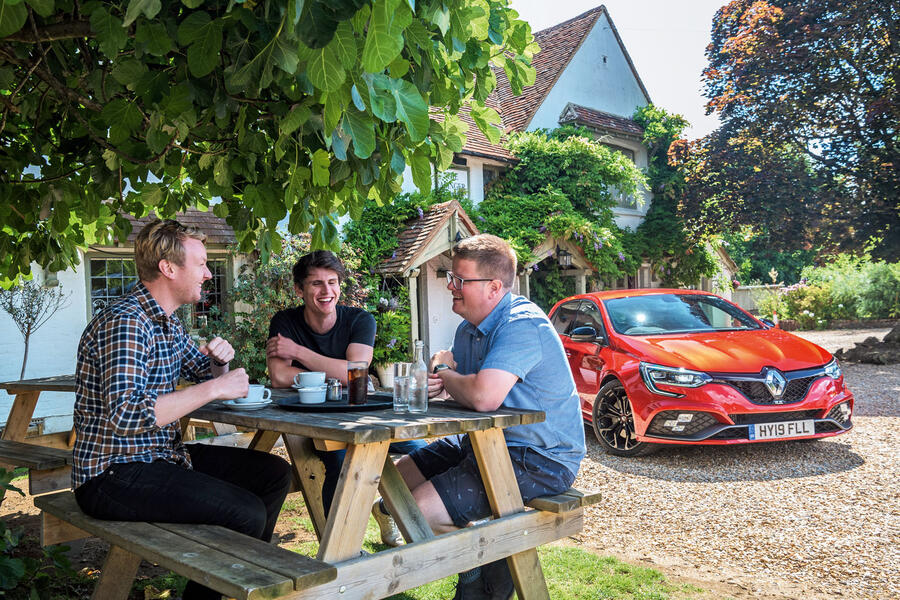
Life with a Megane RS: Month 4
Did it slot into everyday life seamlessly yet deliver B-road fun? Here’s our final verdict - 8th January 2020
If there’s ever a good time to wave goodbye to a well-worn and thoroughly well-exercised hot hatchback like our Renault Mégane RS, it’s probably here and now.
January’s pretty cruel on any fast front-driver, let alone one that’s had most of the tread happily scrubbed from its front tyres. Thankfully, it’s not at all hard to remember happier, warmer times in it.
Our 5500-mile ownership experiment with Renault’s current hot Mégane is at an end and it certainly feels like a great shame for more than the obvious reason: because, as much as we’ve learned and enjoyed since August, there would be more still to come with a fresh set of tyres and a tilt at running this car up to its first annual service. Sadly, the Autocar road test desk doesn’t decide these things; and so, having visited Santa Pod, Brands Hatch and Anglesey Circuit in it, and pounded a whole heap of the UK motorway network, its time has come.
If we did complete a full year in the car, though, I’d wager it’d be going just as strong when we finally called time as it is now. Say what you like about Renaults – and we all know what’s said – unlike other current Méganes that have been the subject of correspondence with Autocar these past few months, ours has negotiated its long-term test without a single fault, glitch or hiccup.
It has often been depended on for long early morning and late evening commutes and, in coming to slip into a surprisingly comfortable and pretty unobtrusive groove on them, has shown that the current Mégane RS can certainly approach Golf GTI-rivalling roundedness and usability in some ways.
If you get the suspension configuration right and learn how to set up its driving modes, the car rides with much more suppleness than on Renault Sport’s Cup settings. I’ll admit that I dreaded the prospect of the everyday use of a firmer-suspended Mégane RS initially, but the dynamic eventuality of ours has been perfectly pleasant. A Cup chassis car would certainly be better for track days, and I can think of a few hot hatchbacks with suspension better tuned for fast road driving.
Even so, much as it’s not a great recommendation by Renault Sport’s own high standards, as a general dynamic compromise the standard Mégane RS Sport works well enough. If I could report quite the same where the nitty-gritty of the car’s layout and usability is concerned, perhaps we could think of this as a genuinely credible alternative to the Volkswagen for those motorway-pounding everyday drivers. Alas, until Renault can make a regular Mégane that’s every bit as painstakingly thought out and easy to use as an equivalent mid-range Golf, that’s unlikely to be possible.
That much we could have said six months ago, I suppose. Still, everyday use has shone a light on the more glaring and serious irritations this car comes packaged with and shown us that at least some of the ones that seem important on first acquaintance needn’t present a problem in the longer term. You learn, for example, that the daft little vroomy-engine whooshy-noise that the car makes as a welcome jingle, as you settle into it, can be deactivated easily enough via the infotainment system.
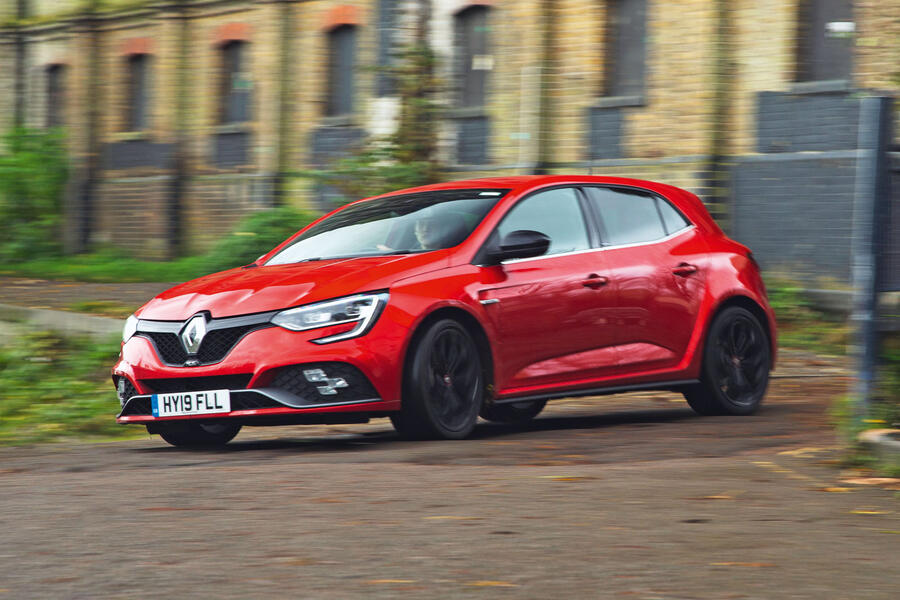
You learn also that as much fun as the darty four-wheel steering and popping exhaust rasp might be on a flit down an otherwise quiet B-road, the Mégane RS is a much more stable, linear and predictable car to drive and easier to live with if you dial back its steering and powertrain settings using the Perso driving mode. After a handful of trips using Sport and Race, I spent every other trip with it thus configured – and still enjoyed the vast majority of them.
Renault is known for putting switches and knobs in funny places. I got used to the Mégane’s oddly placed cruise control switch, though, and its funny audio system remote located out of sight on the steering column. Neither bothers me any more.
The persistent bugbears turned out to be the offset driving position; the fact that the centre lines of the instrument binnacle and steering wheel don’t quite line up; and the infuriating keyless locking system, which secures the car quite unnecessarily as you’re walking around to fetch a bag from the passenger side. They sound like low-level foibles and they are. None stopped me from enjoying the Mégane RS on a great road. But you can’t say they don’t matter; and how many other European car makers would fail to get such things just right?
Then again, how many others would be capable of making a hot hatchback that can entertain quite like this one when operating at its very best – and, what’s more, at a sub-£30k price? Not many in my experience.
Even though it’s far from the best Mégane RS I’ve driven, this car is proof to me that, struggle as Renault might to change its spots, a fast Mégane will always be a car for a committed petrolhead – and given Renault Sport’s established strengths and parent Renault’s acknowledged blindspots, so it should be.
My advice to them would therefore be to forget about the Golf GTI and stick to what RSs have always done best. With an engine overhaul and some careful chassis and steering retuning, this car could be as absorbing as any Mégane RS Renault has made – and there is still plenty of time to make good. All it will take is the will to reclaim a reputation for making the best hot hatchbacks in the world.
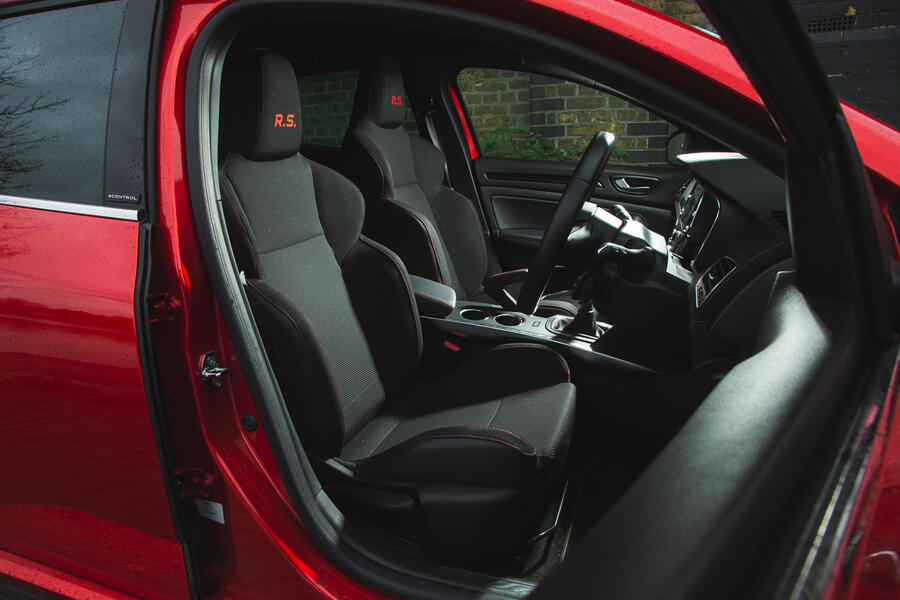
Second Opinion
I’ve heard it said this latest incarnation of the RS Mégane doesn’t feel as special, to sit in or to drive, as when these models were built at Renault’s famous Dieppe plant, which is now dedicated to the Alpine A110. There’s some truth to that, although this is still an arresting machine – instantly more memorable to look at and, ergonomics aside, be inside than the Volkswagen Golf GTI.
Richard Lane
Love it:
Ride and handling Compelling handling agility mixed with decent ride sophistication make faster miles truly memorable.
Driving modes Easy to toggle – and you can save your mix of personal preferences as ‘Perso’, which the car defaults to.
Loathe it:
Rear space Back seats aren’t that roomy so you have to trade front-row space even for kids in booster seats.
engine Torquey and vocal, but doesn’t have the range, response or character of a really great performance four-pot.
Ergonomic layout Got used to the little foibles, but not the annoyingly high offset pedals and offset instruments.
Final mileage: 6189
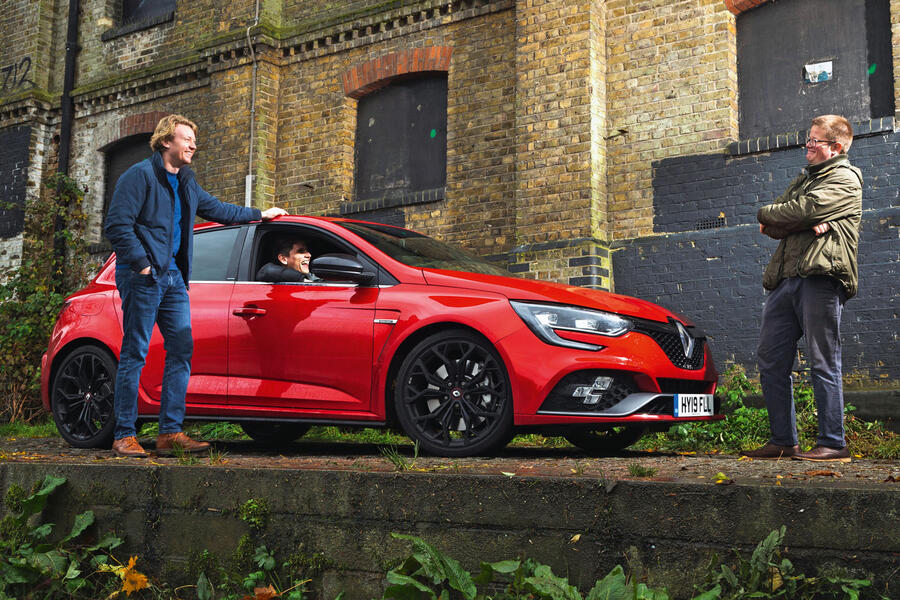
Life with a Megane RS: Month 3
Meet the family - 2nd January 2019
The Mégane is feeling a bit more skittish under its wide front wheels now the ambient’s dropped well into single figures, and after the lads had that track session we mentioned last time. It’s still very drivable. To prove it, the family and I braved the wintry greyness for a day out at a local Renault Sport owners’ club meeting recently. The turnout was good, and the cars on display even better.
Mileage: 4916
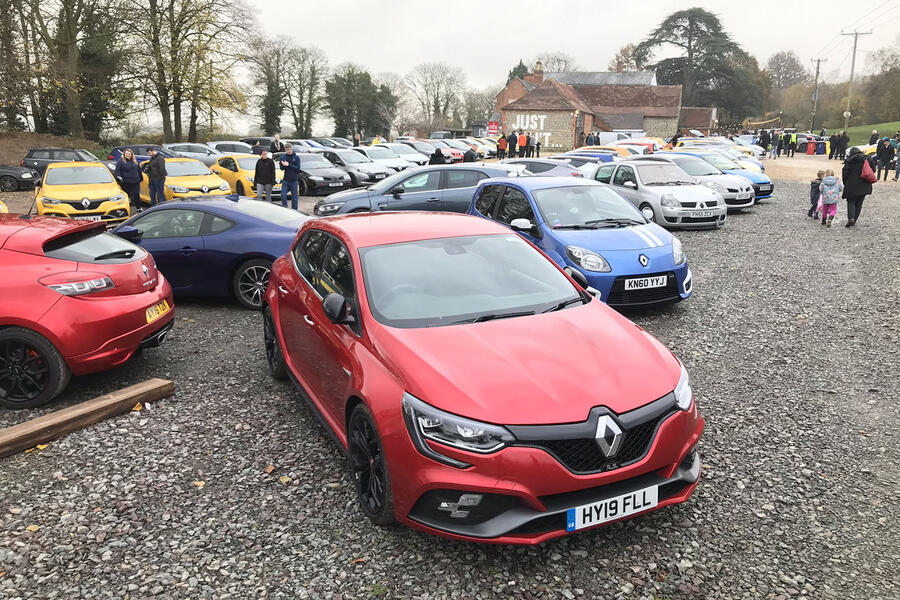
Is our car the sweet spot of the Mégane RS range? We took to the track to find out - 13th November 2019
For the past few months, the road test desk’s Mégane RS 280 has been on strict road-only duties – a situation that Richard Lane, Matt Saunders and I all agreed needed rectifying quick smart. And so in late October, the Renault set out from London and began the long drive up to North Wales and the spectacular Anglesey Circuit.
Admittedly, the official reason for this trip was so it could act as a support car for our annual Britain’s Best Driver’s Car shootout, which you’ll be reading about next week. But ulterior motives are often far more interesting: not only would this journey allow for some well-earned track time in the Renault, some crack organisational skills on Saunders’ part meant a Mégane RS Trophy and a Mégane RS Trophy-R would be waiting there to greet it.
We’ve been running our particular Mégane RS 280 – the cheapest, least powerful Sport chassis-equipped version available, remember – to ascertain whether it represents the sweet spot of the current Mégane RS range. On the road, at least, its more pliant – the forgiving ride certainly seems to confirm as much. But what sort of compromise can you expect when it comes to being driven at full throttle on track – something many Mégane RS owners will no doubt be wont to do? With no slippy diff or firmed-up Cup chassis in sight, and with a relative deficiency in power, would things fall apart?
With our timing gear set up, Anglesey’s Coastal Circuit was as good a place as any to find out. Immediately, there’s a need to adjust to our Mégane’s four-wheel steering. Set to Race mode, the rear wheels steer against the fronts at speeds of up to 62mph, so through Anglesey’s more technical turns it had a tendency to pivot like a shopping trolley. And the manner in which the rear end begins to come into play isn’t always entirely predictable, either.
You turn in, feel the car nose in towards the apex and then suddenly you get the sense its tail-lights are trying to overtake you. It’s not an entirely natural experience, but learn to work with it and the base Mégane RS is still an enjoyable, if not entirely convincing, track car. It feels plenty agile but, with no limited-slip diff, it’s prone to understeer, and body roll isn’t as tidily checked as it could be. Nevertheless, it went on to set a best time of 1min 23.3sec.
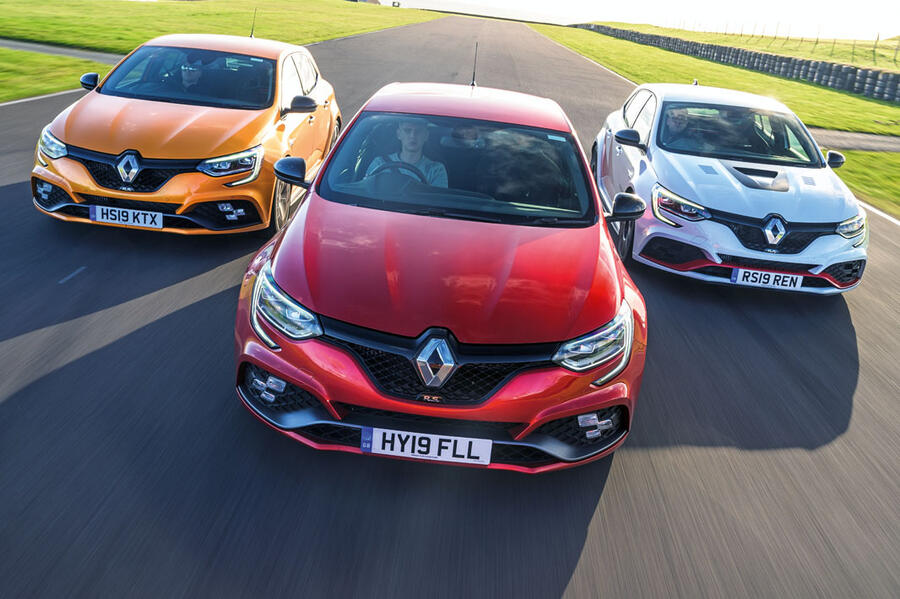
The Trophy immediately feels better. There’s still the four-wheel steering to contend with, but it corners far flatter and its front end is far more aggressive in the manner in which it sharks in towards the clipping point. Its extra power and torque lend it greater punch on corner exit and down the straights, too. This particular car was equipped with a six-speed dual-clutch ’box rather than a manual.
Disappointingly, it’s not the most clinical transmission, but with no heel and toeing to worry about, you feel confident about getting on the uprated brakes later and harder – particularly handy as you come out of School and blast up the hill to Rocket corner. That said, a few laps of doing so did see the pedal go long as the brakes began to fade. Still, this absolutely feels like a more convincing track car, and the 1min 22.3sec lap time proves it – if not quite as demonstrably as I’d expected it to.
And now, the Trophy-R. Compared with the other two, this limited-run track special feels as though its operating on an entirely different level – which it should given its ridiculous price (£72,140 for this one), extensive chassis changes and hardcore weight-saving regime. It’s far more agile, way more incisive, and with Bridgestone S007 tyres far grippier and more communicative than the other two could ever hope to be. Understeer is all but non-existent, while the removal of the four-wheel steering system makes it infinitely more predictable.
In short, it’s an absolute riot on track, and its 1min 20.1sec lap time shows it’s a seriously effective one too. As impressive as it is, though, it’s a bit one-dimensional. On the road, it’s too firm, aggressive and unrelenting. So is the regular Trophy. Our long-termer might not be as capable on track, but it’s handy enough. Of the three, it’s the one I’d want to live with.
Love it:
Sport chassis Fun on track but still easy to get along with on road.
Loathe it:
Keyless entry Will often unlock the car, allow you to enter and then set the alarm off anyway. Irritating.
Mileage: 4200

Absense makes the heart and all that - 30th October 2019
I’m back in the Mégane after driving a few other hot hatchbacks, all with more premium positioning. They made me feel better about this car’s performance and control feedback. It’s telling that it takes a break from the RS to remind you how exciting it can be, though. There’s just that bit more to wear out your enthusiasm here than in other similar cars.
Mileage: 3266
Life with a Megane RS: Month 2
Do you want the good news or the bad news? The bad news it is​ - 16th October 2019
Ten years ago, I ran a V6 diesel version of the interesting and short-lived Renault Laguna Coupe. The experience proved about as different from running our current Mégane RS 280 as it’s possible for two separate cars to deliver, but for a couple of things.
Like the Mégane, the Laguna had four-wheel steering, and I remember being quite taken with it. Second, however, it had a keyless-entry system. Just like the one on the Mégane, it was a bit over-sensitive – so when you get out of the car with the key in your pocket on your way round to retrieve a bag from the passenger side, the proximity sensor thinks you’ve disappeared off to the shops and the car locks itself. If something like that bugs me so plainly, it must drive Renault’s engineers potty – and yet, even given 10 years to sort it out, the company hasn’t.
And so, since I promised to write about what’s been bugging me about the Mégane RS, here goes. This will doubtless come across as unfair on the car, which in many ways is acquitting itself very well on our fleet. But once it’s out of my system, we can all move on. Moreover, if Renault’s serious about selling this car as a credible Volkswagen Golf GTI rival, it needs to get the small stuff right.
Do primary control ergonomics count as ‘small stuff’? Because, having spent a long time in the car now, I’ve noticed myself tending to sit on the outboard cushion squab rather than snug in the middle of the seat, which always betrays a set of offset pedals. It gets uncomfortable after an hour or so. I’ve also noticed that the centre line of the car’s instruments doesn’t quite line up with the middle of the steering column. It’s hard to ignore when there’s a coloured stripe at 12 o’clock on the steering wheel rim to constantly remind you of the offset. That just sets off my OCD.
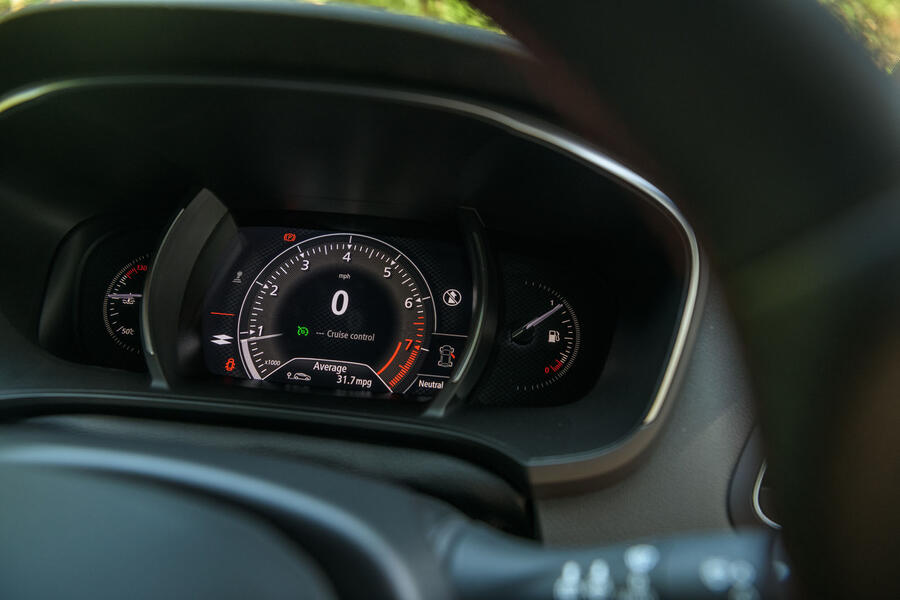
While we’re on the subject of ergonomics, the RS’s touchscreen infotainment system is not proving much more usable with familiarity. Our car only has the cheaper, portrait-oriented system (by choice) but Renault’s decision to put the line of menu shortcut ‘buttons’ just below the screen means you too often touch one when reaching out to anchor an outstretched arm on the surround of the screen – and then end up in a different menu than you intended.
I don’t like the fact that the digital instruments can’t manage an analogue-style speedo and tacho simultaneously. I don’t like the daft vroomy welcome noises the car makes when you get in (but, mercifully, have found a way to turn them off). I’m not a huge fan of the slightly awkwardly shaped seatbelt buckles, either, which make it tougher to reach the button to undo them than need be.
I was reassured, however, that things could be much worse. Reader Mike Saar wrote in recently to list a litany of quality and reliability problems his Mégane has suffered since January 2018 – none of which has presented on our car, I’m pleased to report. Mike loves his car, anyway – and, to be honest, I’m nurturing a growing affection for ours. But imagine how I’d feel about it without so many obstacles for that sentiment to overcome…
Love it:
Perso driving mode Lets you choose personal settings for the 4WD, powertrain and traction control – and stays in that mode when you switch the car off.
Loathe it:
Manual gearbox The baggy, stretchy, occasionally obdurate shift quality isn’t worthy of the car.
Mileage: 2618
Life with a Megane RS: Month 1
Drive mode tweaks for daily use - 21st September 2019
As the miles have mounted, I’ve settled on a driving mode I like and have found a way to neuter, or at least mitigate, some – if not all – of our Mégane RS 280’s little quirks and irritants. So far I’d say the VW Golf GTI has little to fear in the daily driver stakes – but the Mégane is still proving easier to live with than many would imagine. More next time.
Mileage: 1896
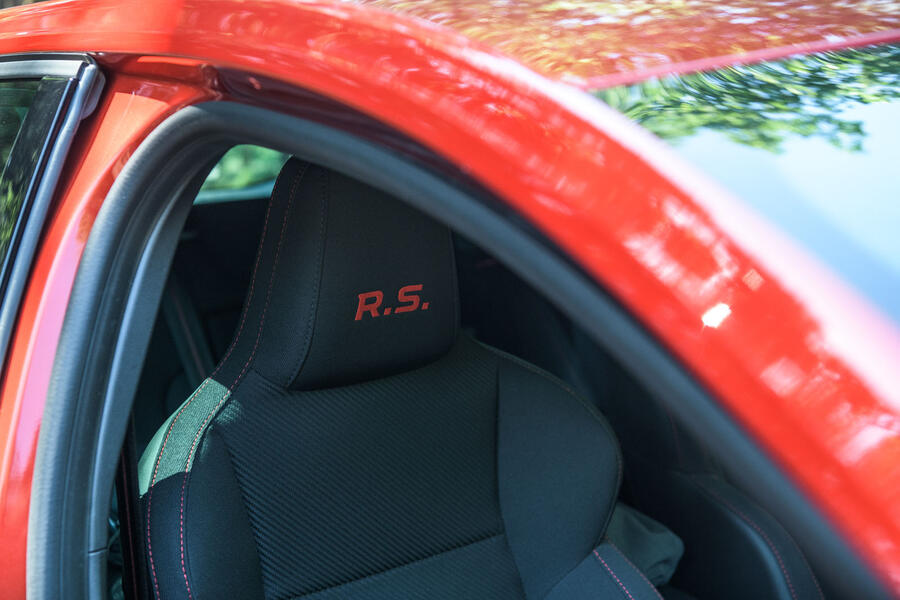
Sport not short on comfort - 28th August 2019
A run to Brands Hatch to catch the W Series finale was my first extended drive in the Mégane. I’ve only driven rock-hard Cup versions before, so I wasn’t expecting much comfort, but I was relieved to find our Sport model’s ride is far more forgiving – although it is perhaps the loudest car I’ve ever driven on the horrible stretch of concrete-surfaced M25 between junctions nine and 11.
Mileage: 1203
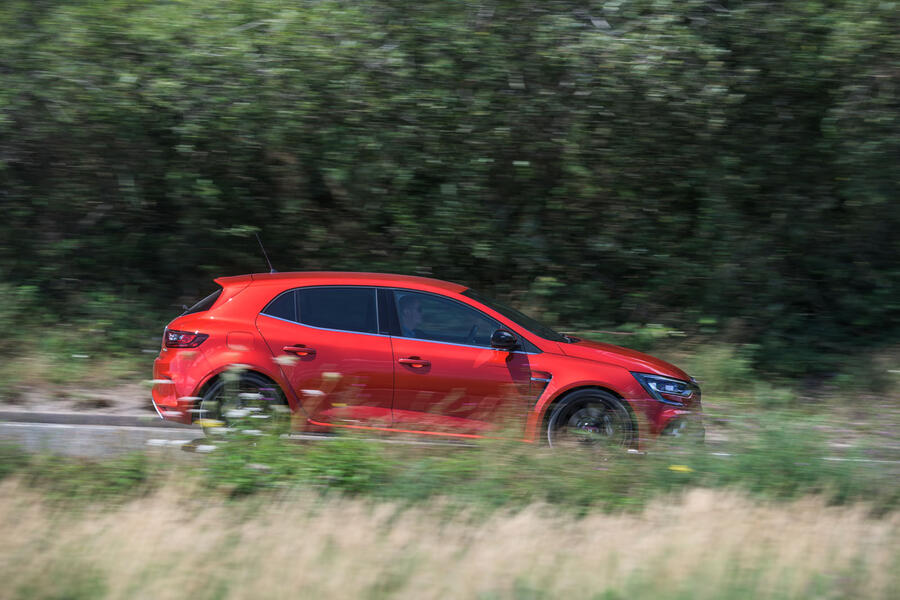
Entry-level Mégane hot hatch begins its six-month test with a lot to prove - 21st August 2019
Anyone looking to measure the gulf that can exist between critical acclaim and commercial success in the business world would do very well to ask a car maker. Few have been showered in more of the former than Renault – for its hot hatchbacks, at least, and for as long as this tester has been in the reviewing business.
And yet if that same company had proved only equally good at making great hot hatchbacks as making money out of them, its recent product portfolio might look somewhat different from the way it does now.
Renault Sport is the firm that gave us some of the most memorable and brilliant fast front-drivers of the noughties era, which also just happened to be the decade when I was coming up the ladder as a road tester. Ask me to put together a list of the 10 best hot hatchbacks I’ve driven to date and I reckon as many as four of them would be cars made – or, at least, heavily modified – by Renault Sport in Dieppe. From the Clio 182 Trophy to the 200 Cup, and the Mégane R26R to the 265 RB8, this firm’s output pretty accurately defines what you could call ‘my era’ in car enthusiasm. I think of those cars now with much the same reverence that blokes 10 years my senior lavish on the Peugeot 205 GTi and Mk2 Volkswagen Golf GTI – as, I dare say, do plenty of my peers. Which makes me a good candidate to run the latest arrival on Autocar’s long-term test fleet, I suppose – a Flame Red Renault Mégane RS 280 – although I won’t be running it alone.
And perhaps younger road testers Ricky Lane and Simon Davis, who may not have my high expectations of, or personal preference for, Renault Sport products, will be fairer judges of this car than I will be. The coming months should tell.
It’s the recent ‘strategic development’ of Renault Sport’s cars in general, and the nature and story of the latest Mégane RS in particular, that has brought us to this point, with some interesting questions to ponder over extended use and mileage.
At the beginning of the current decade, Renault’s management took a conscious decision to change tack with its factory-tuned RS products, you may remember. Eyeing jealously both the profit margin and the sales volume enjoyed by rival Volkswagen with its GTI lines, it decided to modernise and to slightly reposition its hot hatchbacks in order to make them more appealing as daily-driven, technologically sophisticated, pseudo-premium-branded cars.
When it launched Renault the last Clio RS in 2012, complete with dual-clutch-only transmission and downsized turbo engine, Renault Sport clearly hoped to retain the diehard enthusiast following that the old line of naturally aspirated hot Clios had so brilliantly nurtured. And yet, if you look at how that car’s sales footprint declined in the UK, it pretty plainly didn’t manage to.
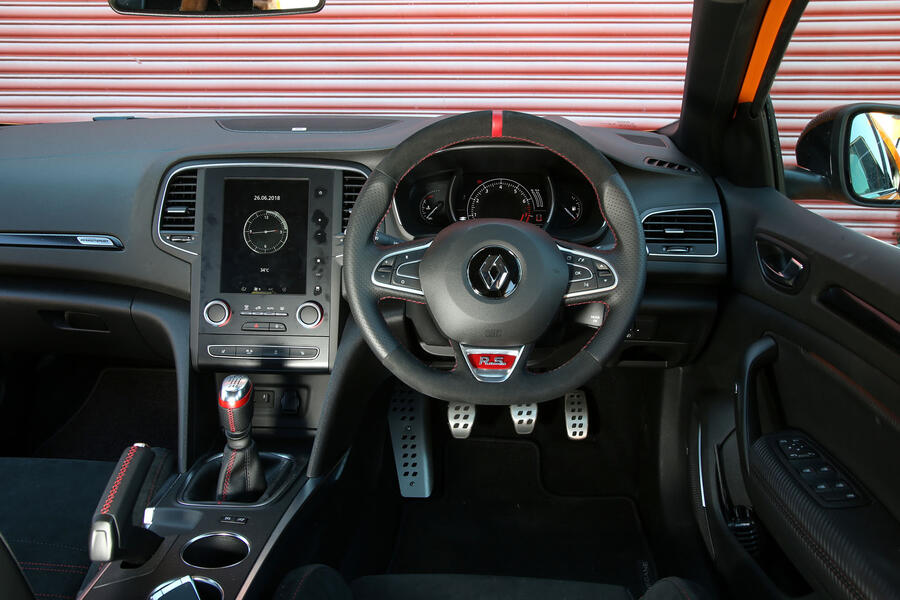
The current Mégane RS 280 came along last year, repeating what some might consider the mistakes of the last Clio RS. It moved from a 2.0-litre atmospheric engine to a more emissions-friendly, less sweet-revving 1.8-litre turbo and also became the first hot Mégane to be offered with a dual-clutch automatic gearbox (although this time, Renault Sport didn’t forget to include a manual as well). It also became the first core Renault Sport product (leaving aside the Twingos and GTs) to be manufactured away from Dieppe, at the same Spanish factory as every other Mégane. The smart money, with the Alpine sports car story going so well and probably needing more and more space at Dieppe to expand into, would be on the next Clio RS following suit.
Despite bringing a very tempting chassis to the hot hatchback segment with both four-wheel steering and hydraulic suspension bump stops, the Mégane RS undershot on expectations in its first few big tests. It lost to a Honda Civic Type R in RS 280 Cup form in the spring of 2018 and again to the same car in RS 300 Trophy form only a few months ago. In both tests, however, the car ran with Renault’s firmer Cup suspension settings – which, as Renault Sport chassis engineers were keen to point out on the 2018 press launch, really are intended for track use more than road miles.
Our long-termer, by contrast, is fitted with the standard Sport suspension, as part of which the car’s hydraulic suspension mounts are tuned to operate quite differently from how they do in the Cup version.
Plumping for a Sport rather than a Cup chassis also means you don’t get a limited-slip differential, of course, but for a car with a more liveable ride compromise than the often tetchy, leaden-footed Cup version, that is a sacrifice that the Autocar road test jury is very willing to make.
And so a Mégane RS 280 Sport is what we’ve got. No slippy diff, no Cup chassis, no Trophy-spec engine – but a car better placed than any other, we hope, to tell us whether a hot Mégane could ever really rival a Golf GTI for overall roundedness and daily usability. Renault Sport clearly likes to think that it can.
However, after just a day and a night in our car as I write these words, and having already identified a handful of things that, I suspect, will become familiar Renault-brand ergonomic and usability bugbears before much longer, it’s fair to say I have a few doubts. We’ll cover those next time.
I’ve also yet to have my first really good B-road thrash in the car, I should add, so the Mégane’s stock has the potential to both rise and fall – and quite a long way in both cases. It should be a revealing few months.
Second Opinion
Renault Sport’s Méganes and Clios were a dominant force in the car magazines I read as a teenager. And now that we road testers are going to run this one for the next few months, I’m looking forward to discovering if some of that magic from years gone by lives on here. One thing’s for sure: the wider hot hatch landscape has never been more competitive, so our Mégane has some serious impressing to do
Simon Davis
Renault Megane RS 280 prices and specification
Prices: List price new £27,835 List price now £27,995 Price as tested £29,435 Dealer value now £25,495 Private value now £22,495 Trade value now £20,495 (part exchange)
Options:Metallic paint (Flame Red) £650, Interlagos Black 19in alloy wheels £950
Fuel consumption and range: Claimed economy 35.3mpg Fuel tank 50 litres Test average 32.7mpg Test best 36.8mpg Test worst 24.6mpg Real-world range 360 miles
Tech highlights: 0-62mph 5.8sec Top speed 158mph Engine 4 cyls, 1798cc, turbo, petrol Max power 276bhp at 6000rpm Max torque 288lb ft at 3200rpm Transmission 6-spd manual Boot capacity 384-1247 litres Wheels 8.5Jx19in, alloy Tyres 245/35 R19 Kerb weight 1437kg
Service and running costs: Contract hire rate £307.63 CO2 181g/km Service costs None Other costs None Fuel costs £999.98 Running costs inc fuel £999.98 Cost per mile 18 pence Depreciation £8940 Cost per mile inc dep’n £1.80 Faults None
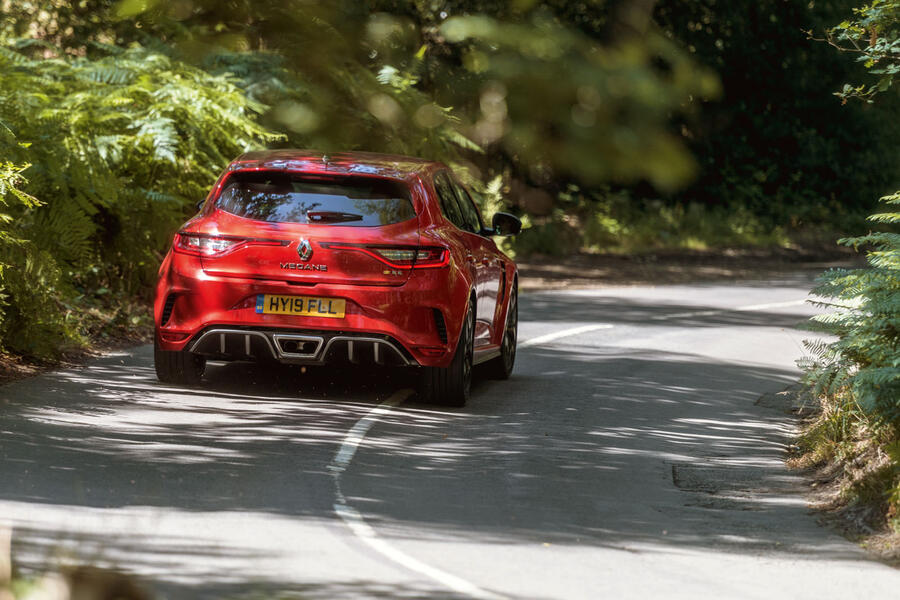

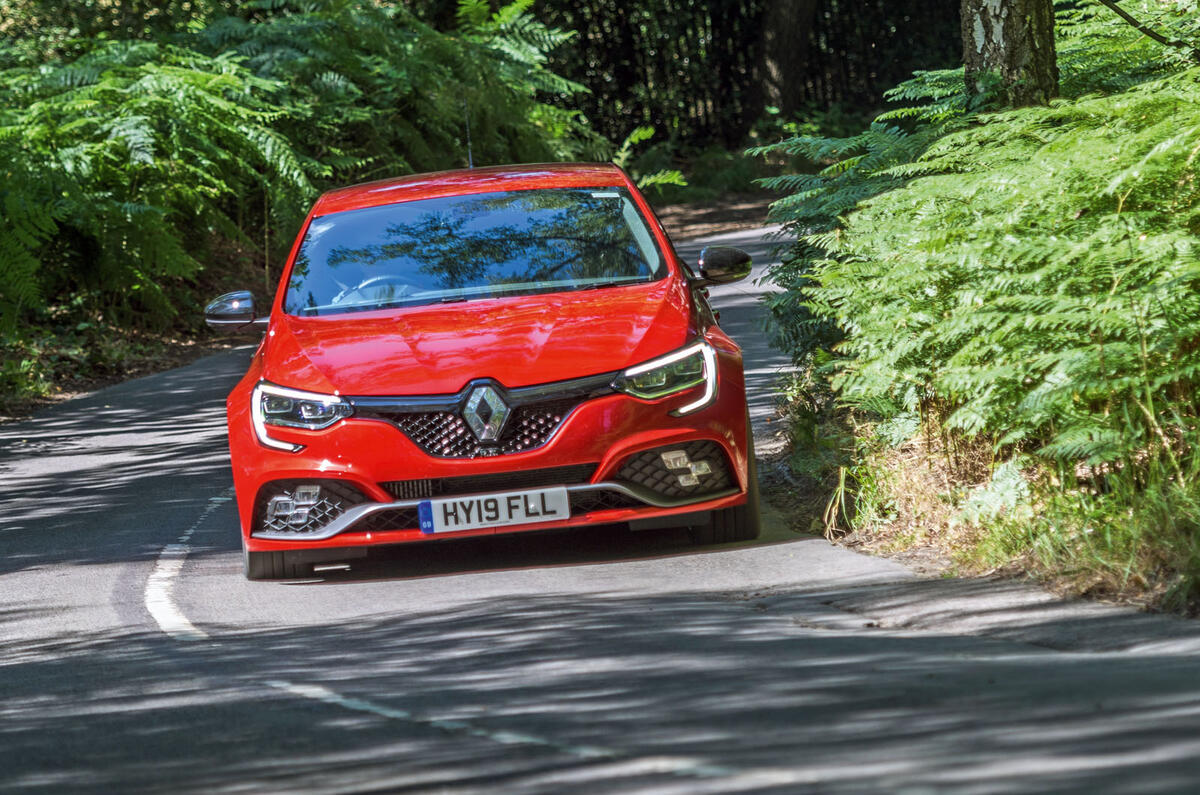
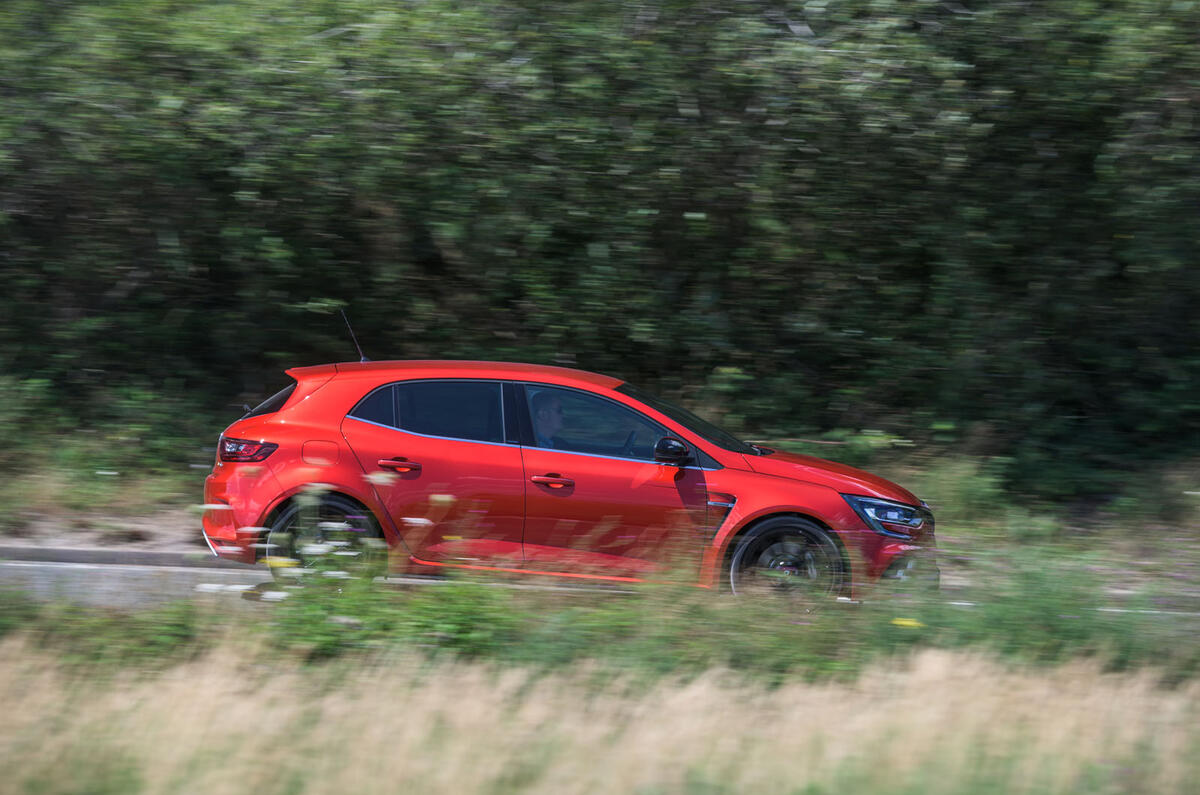
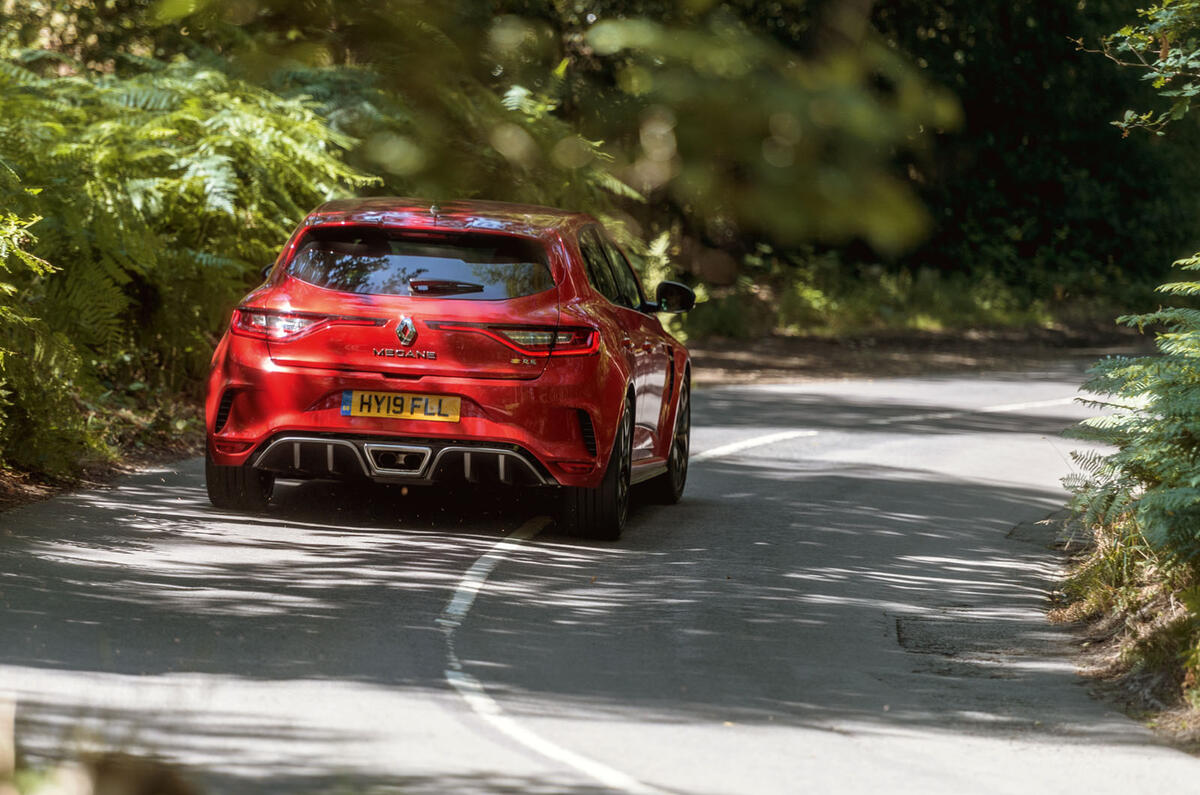

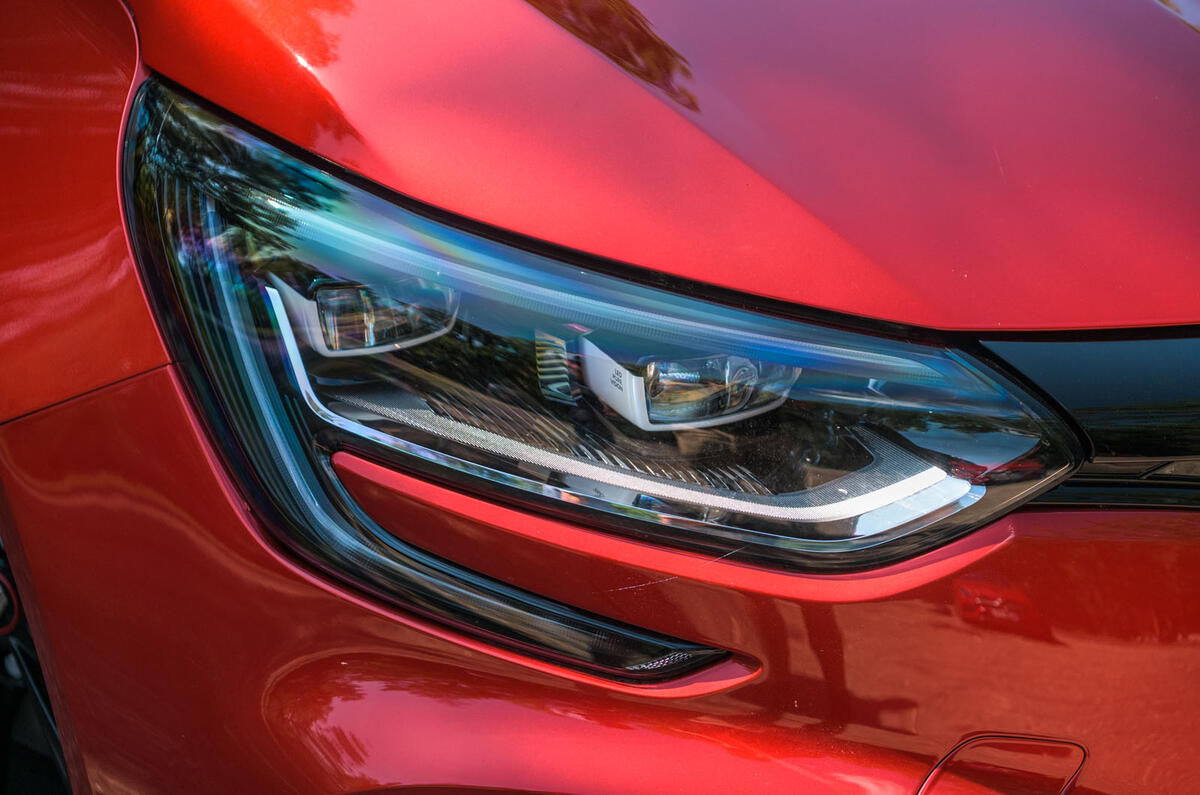
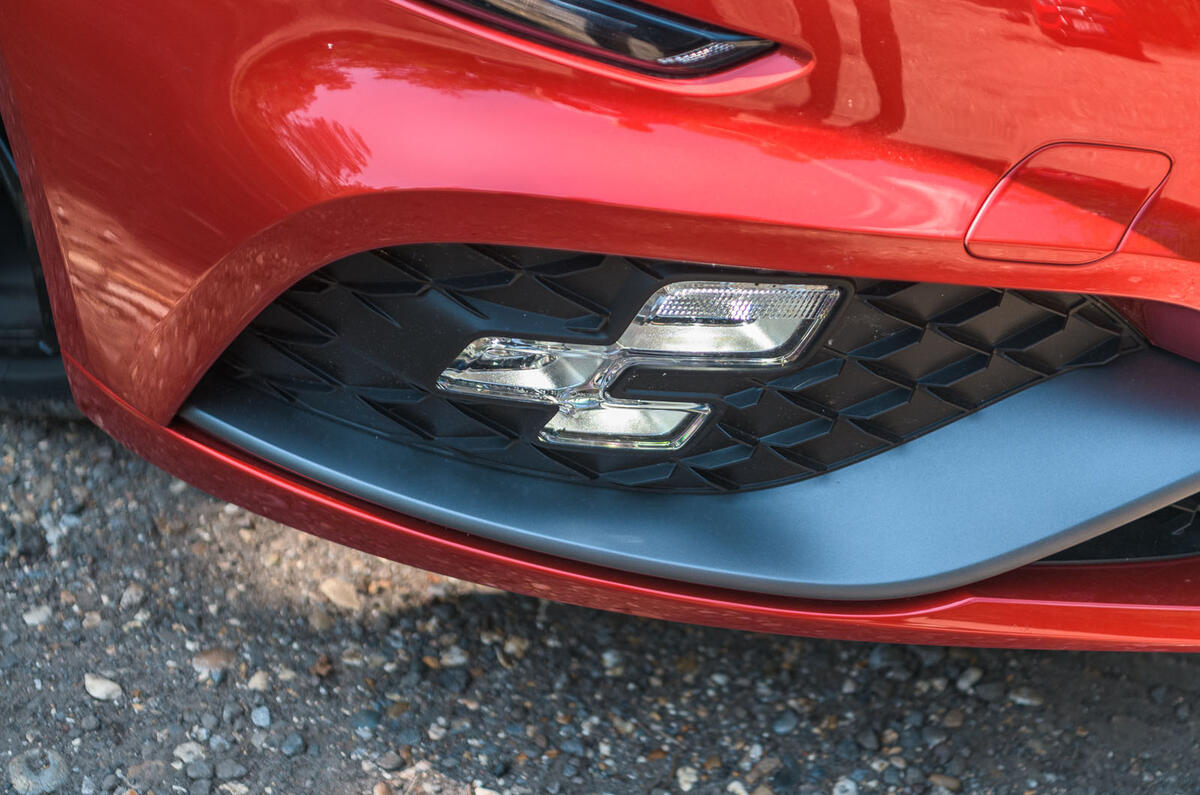
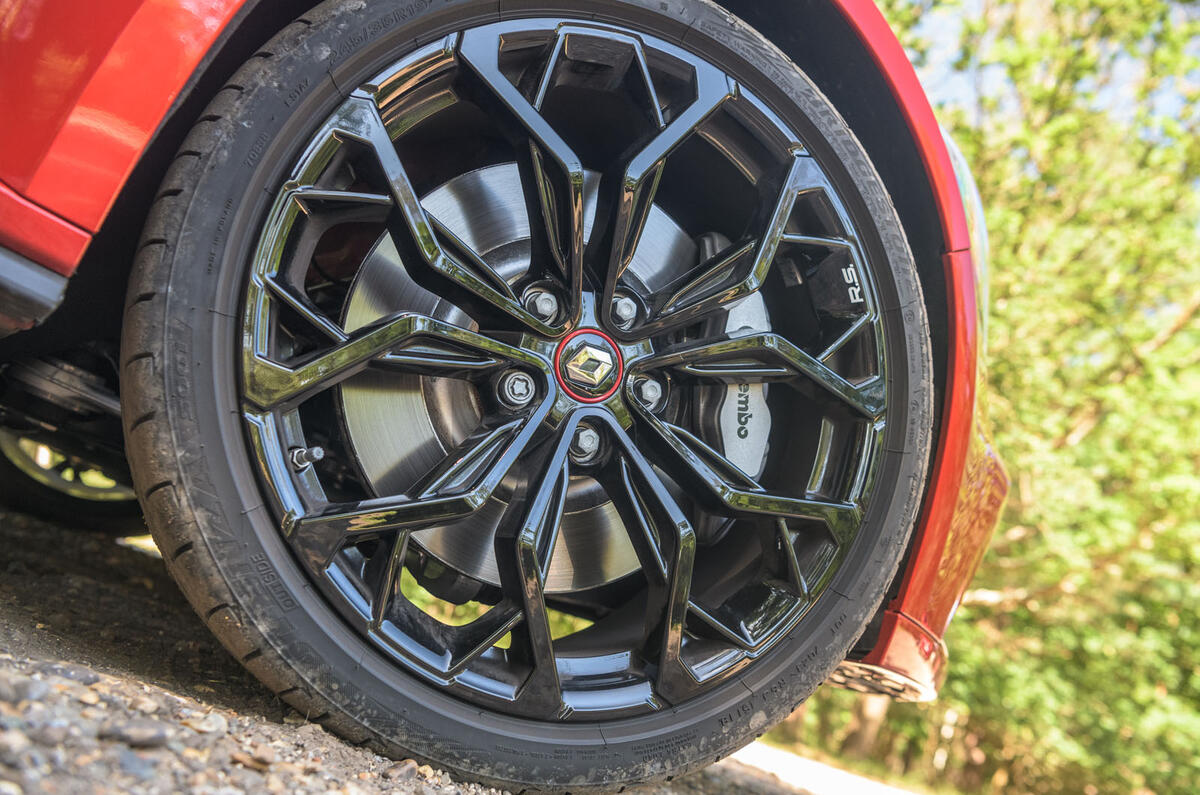

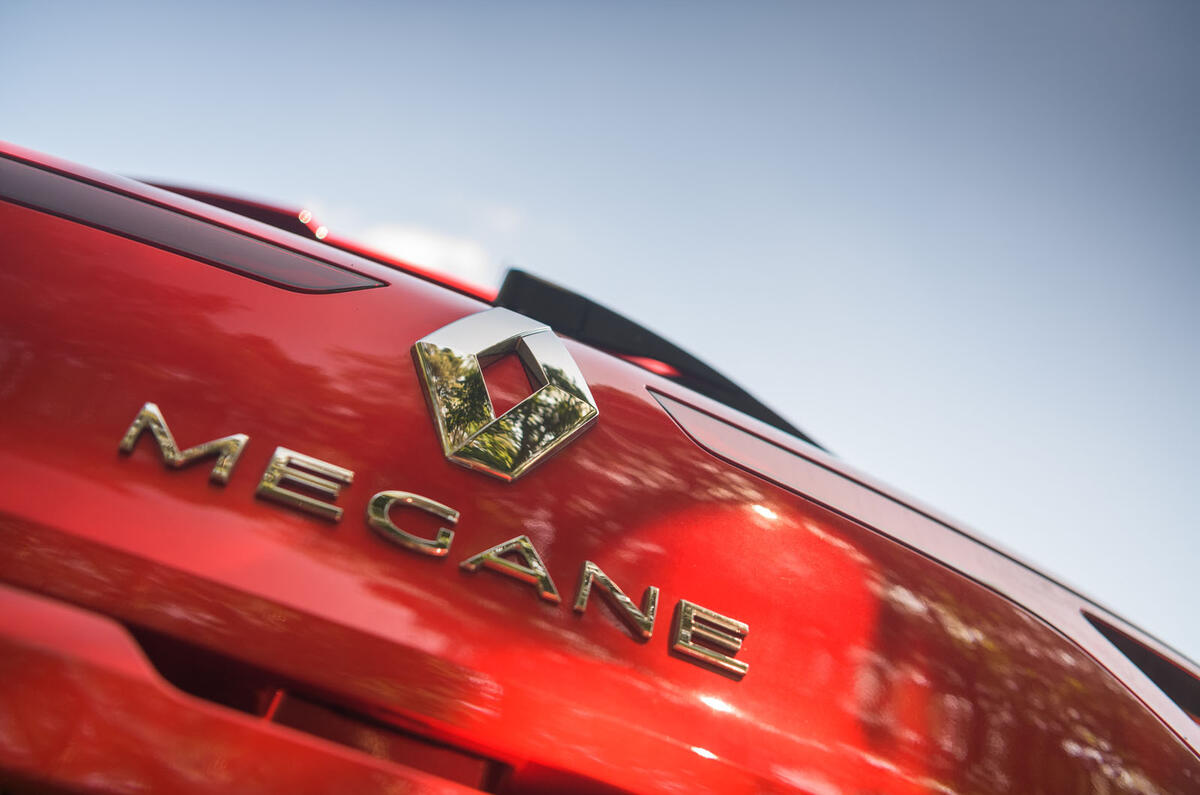
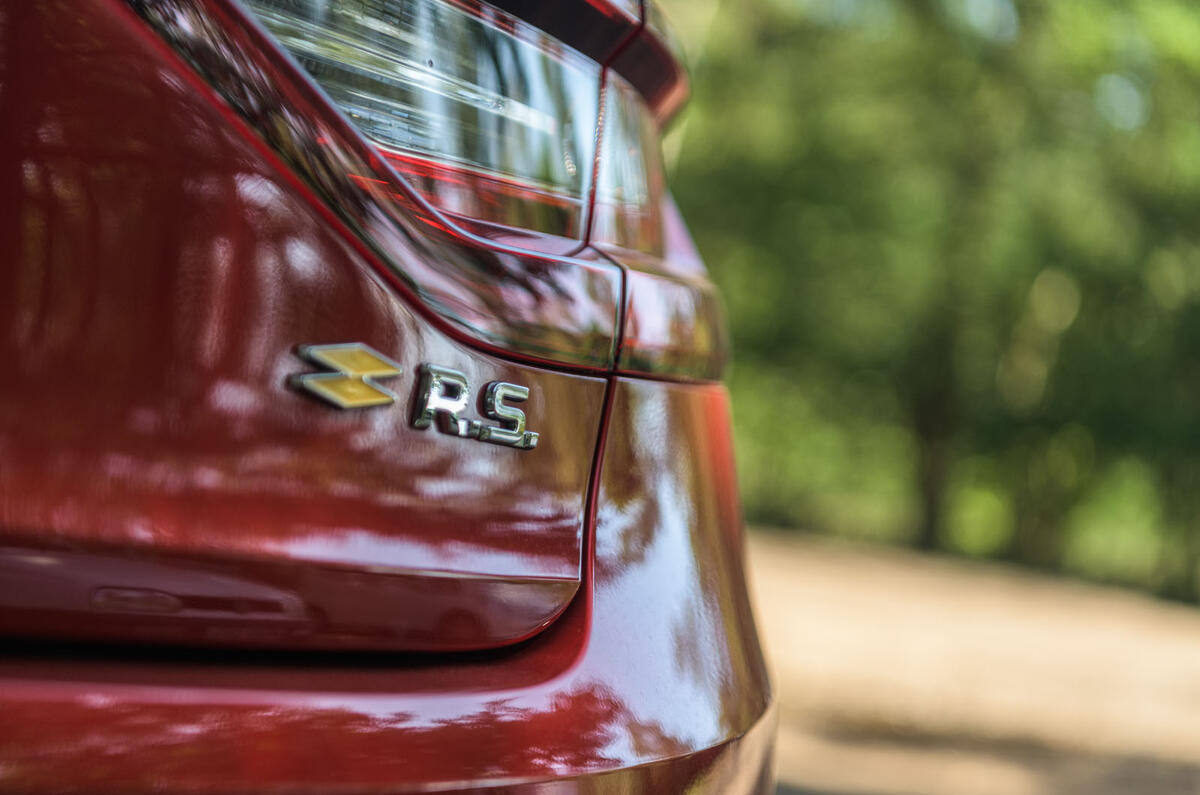
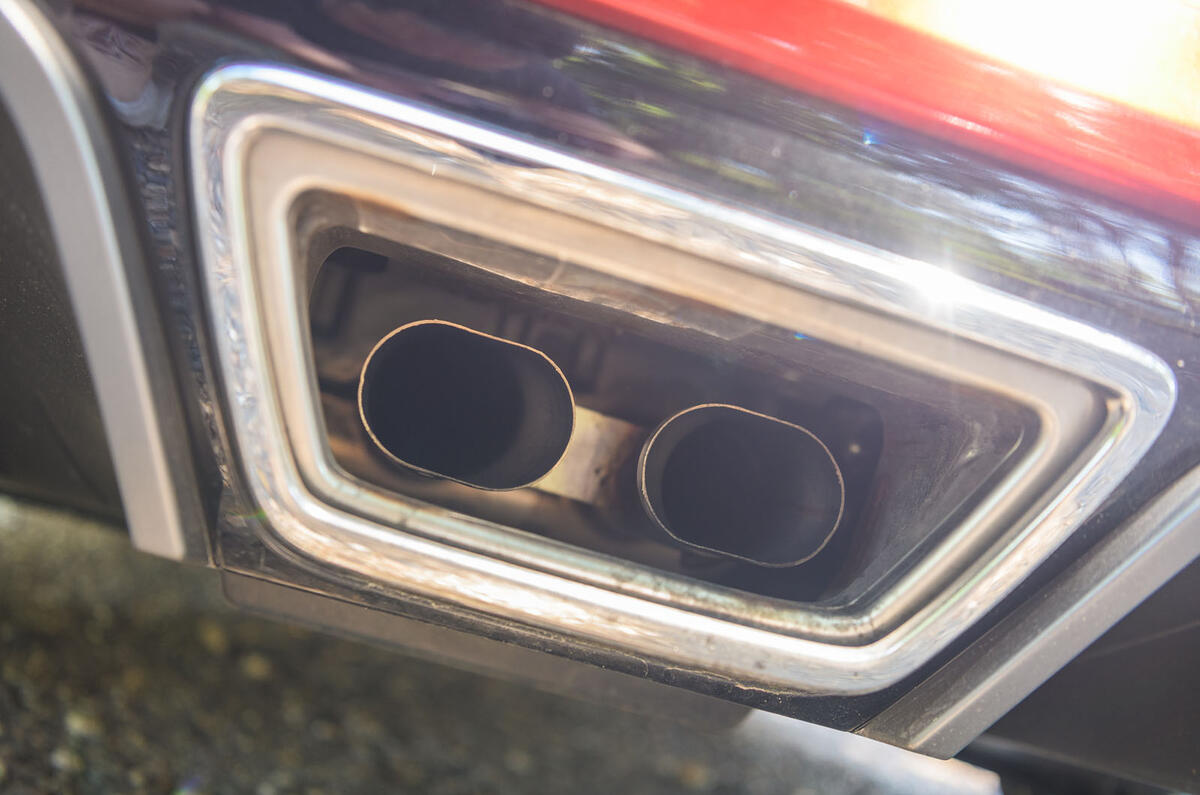
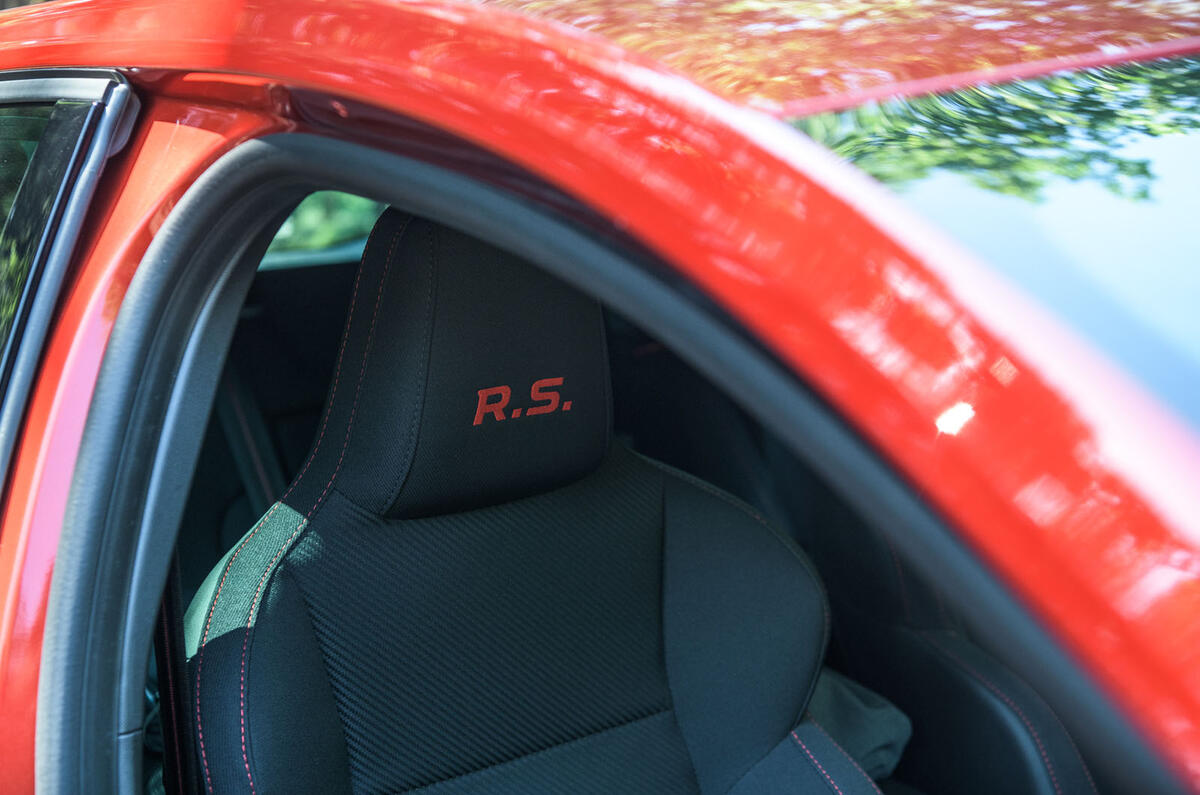
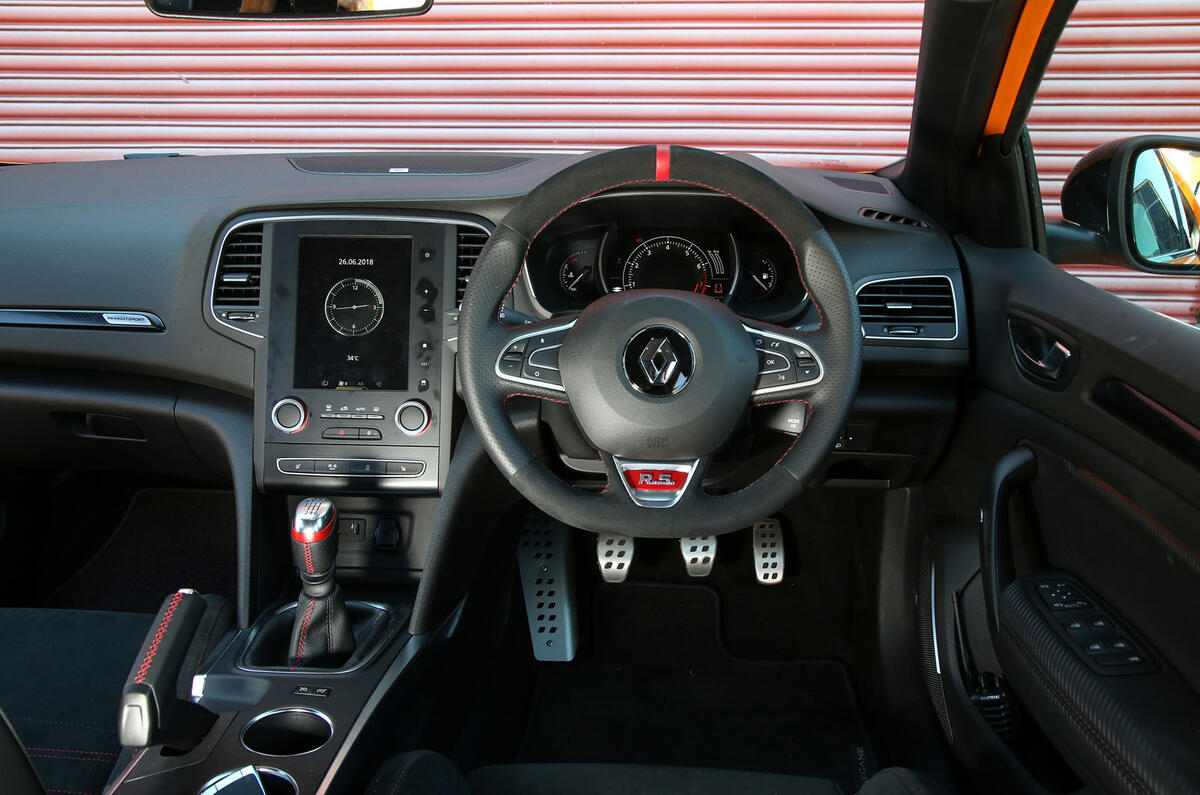
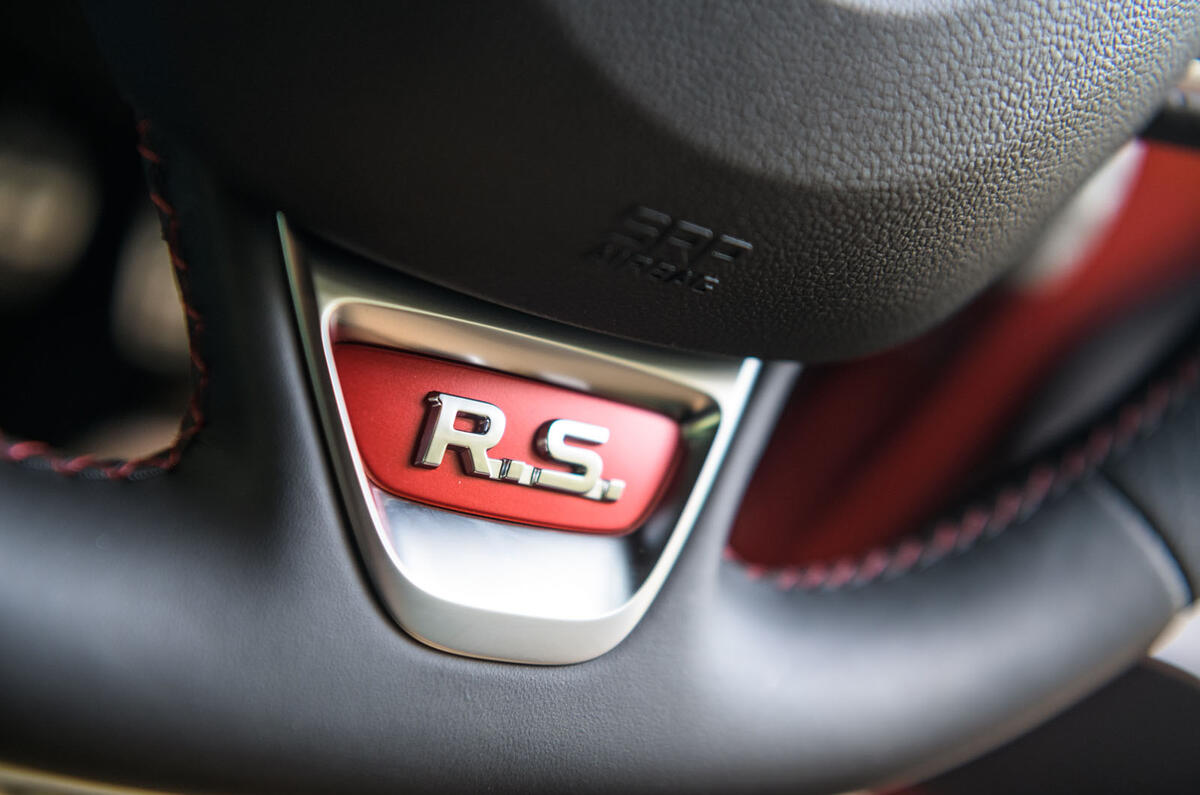
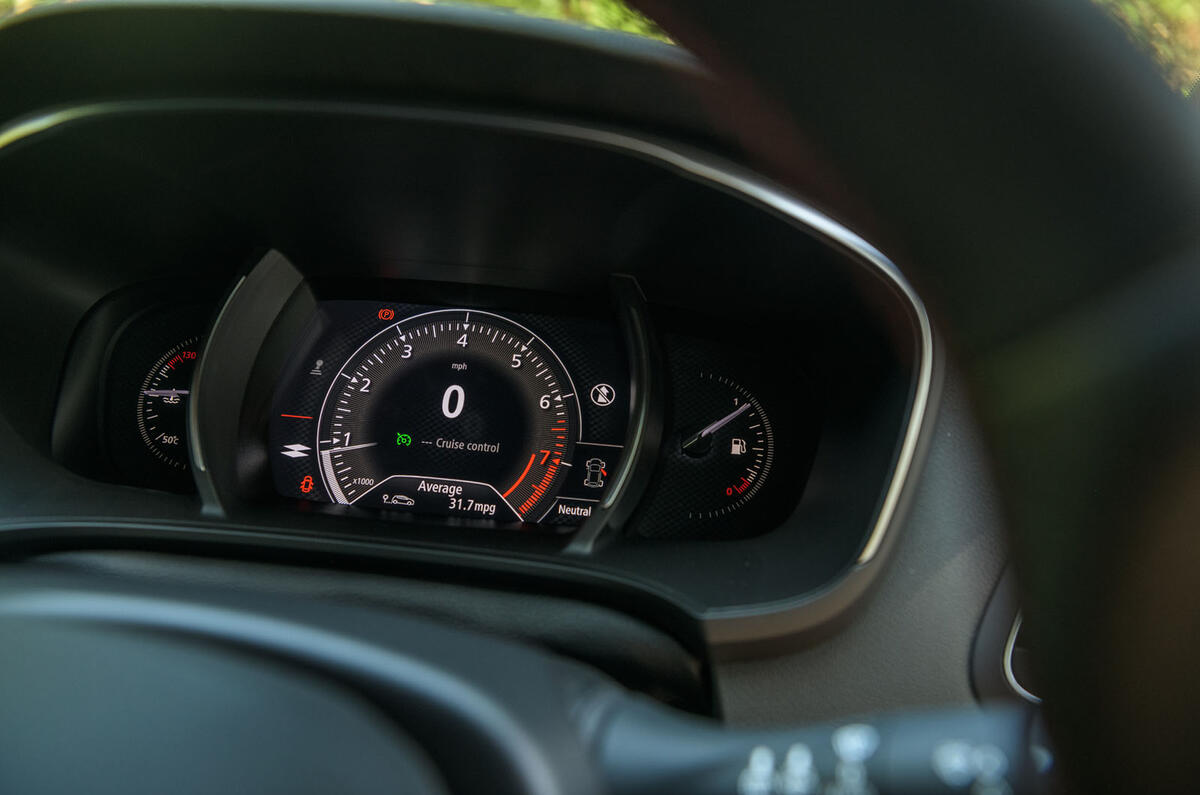

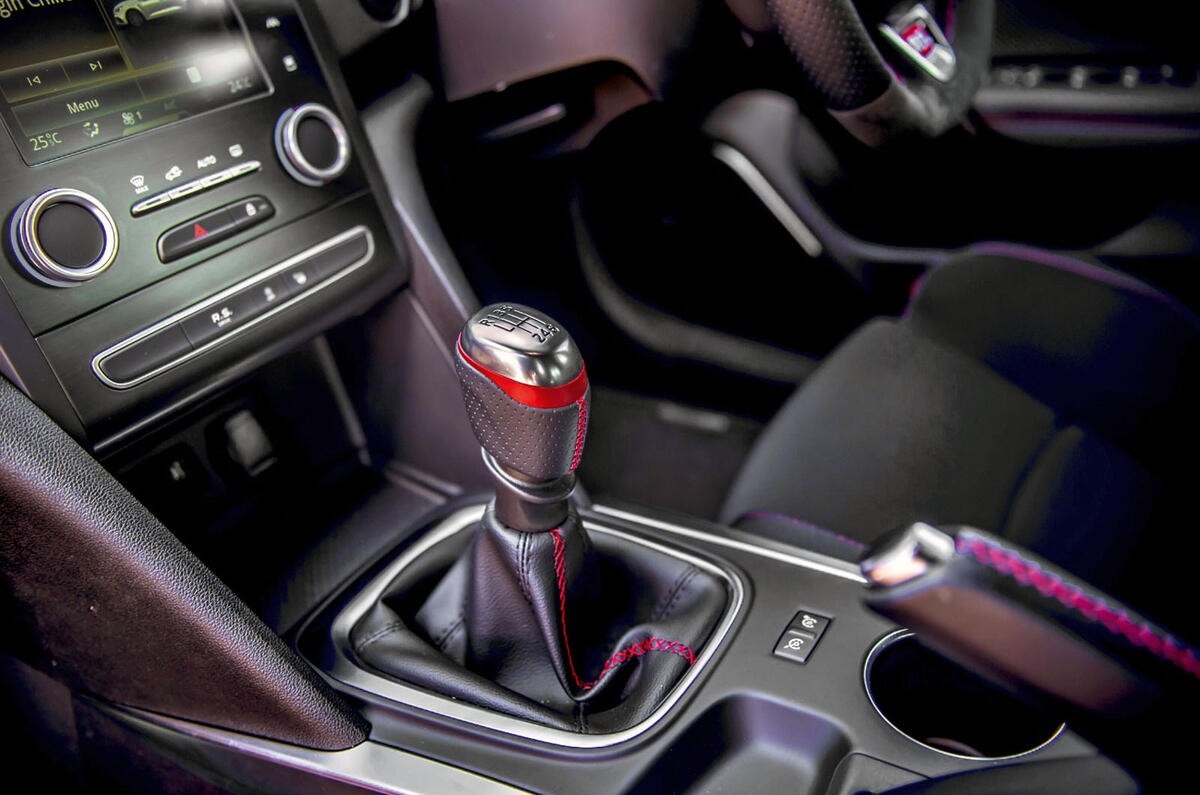
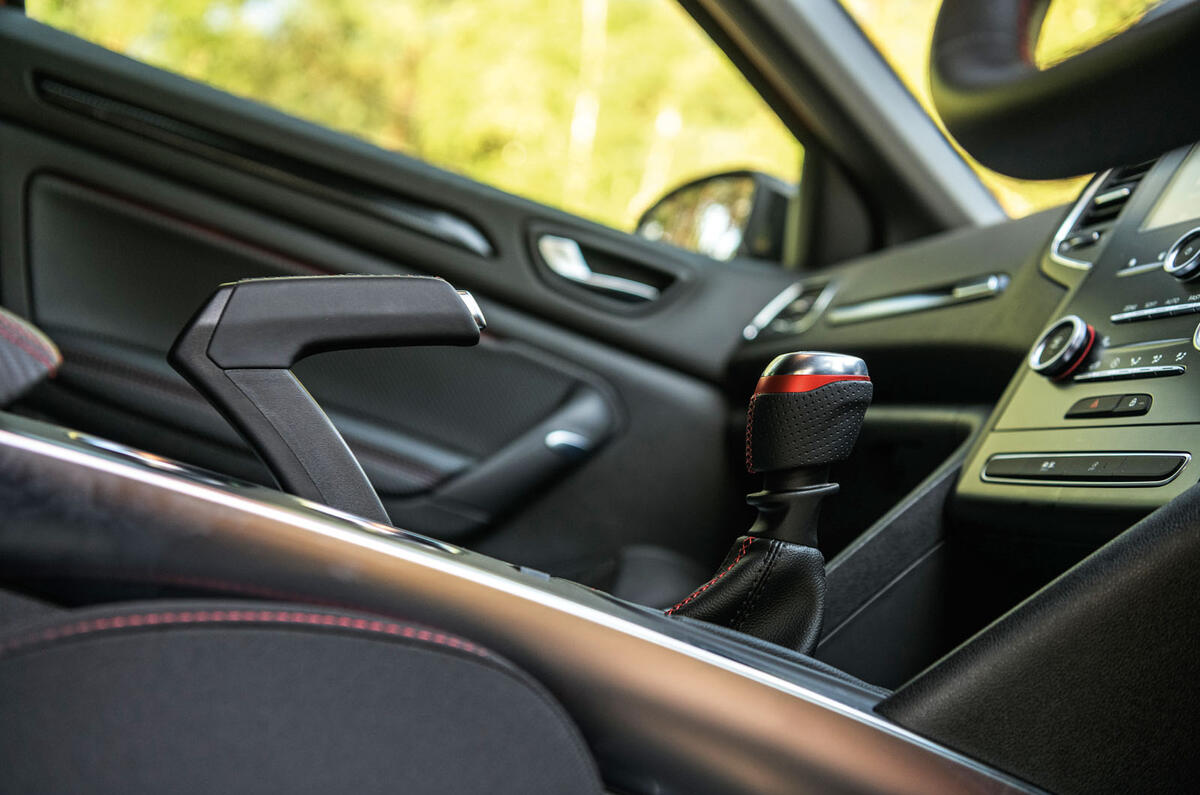
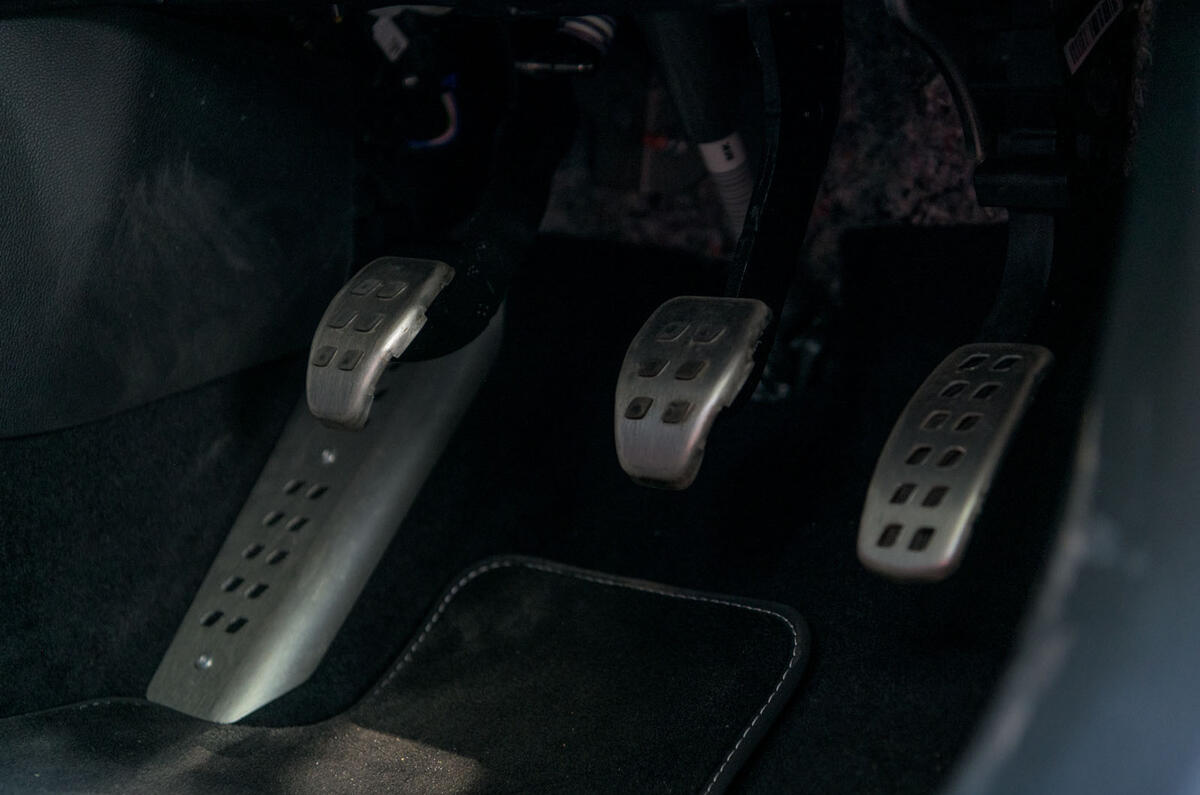
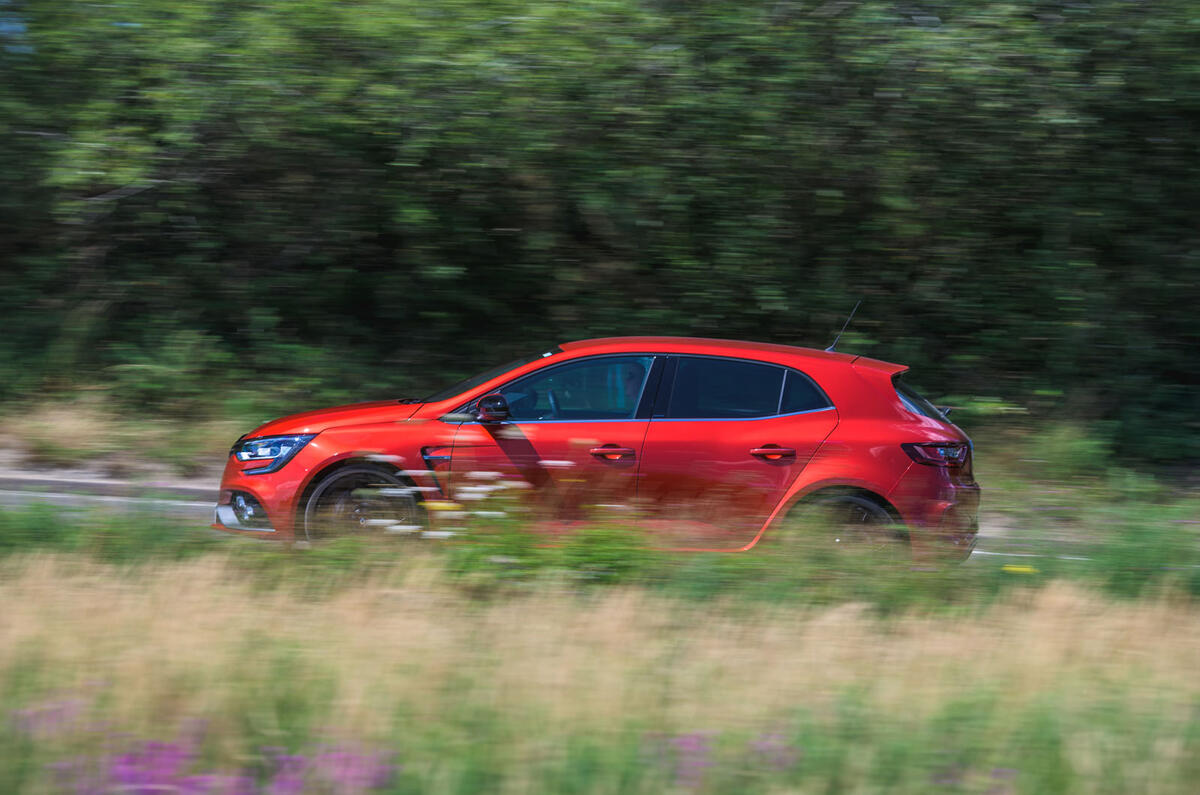
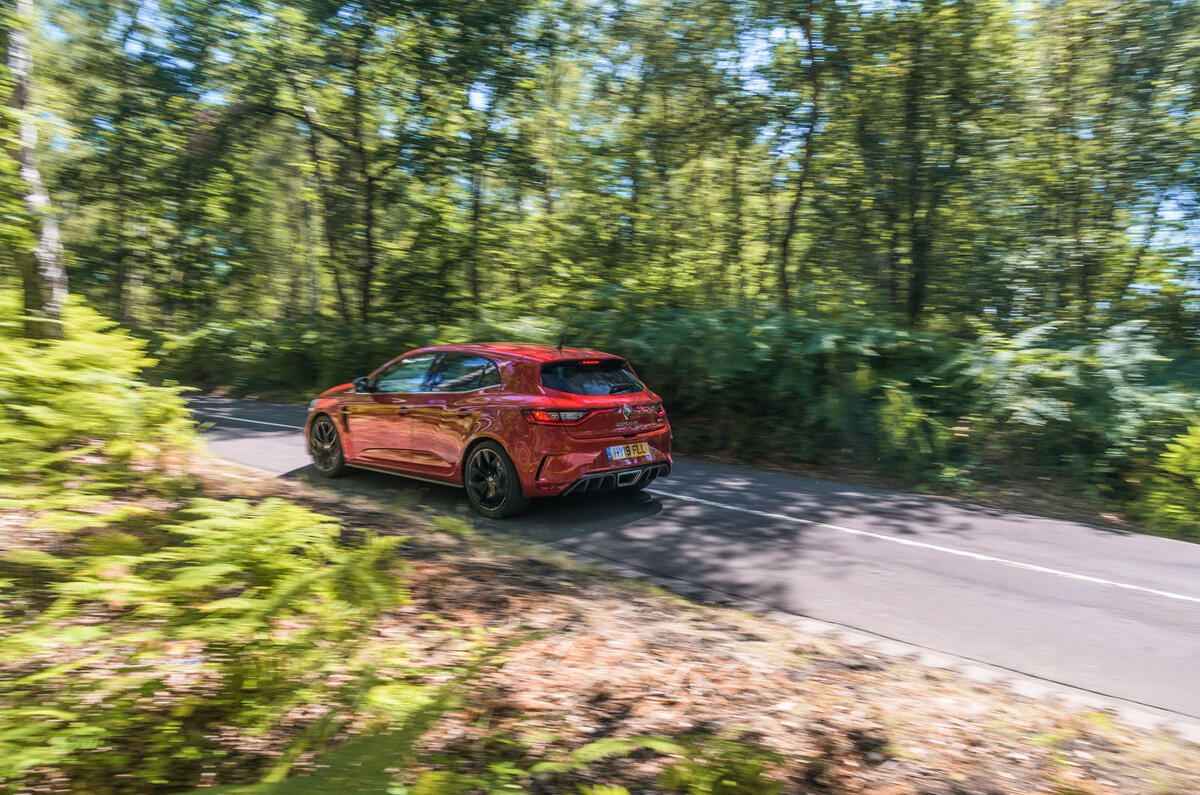
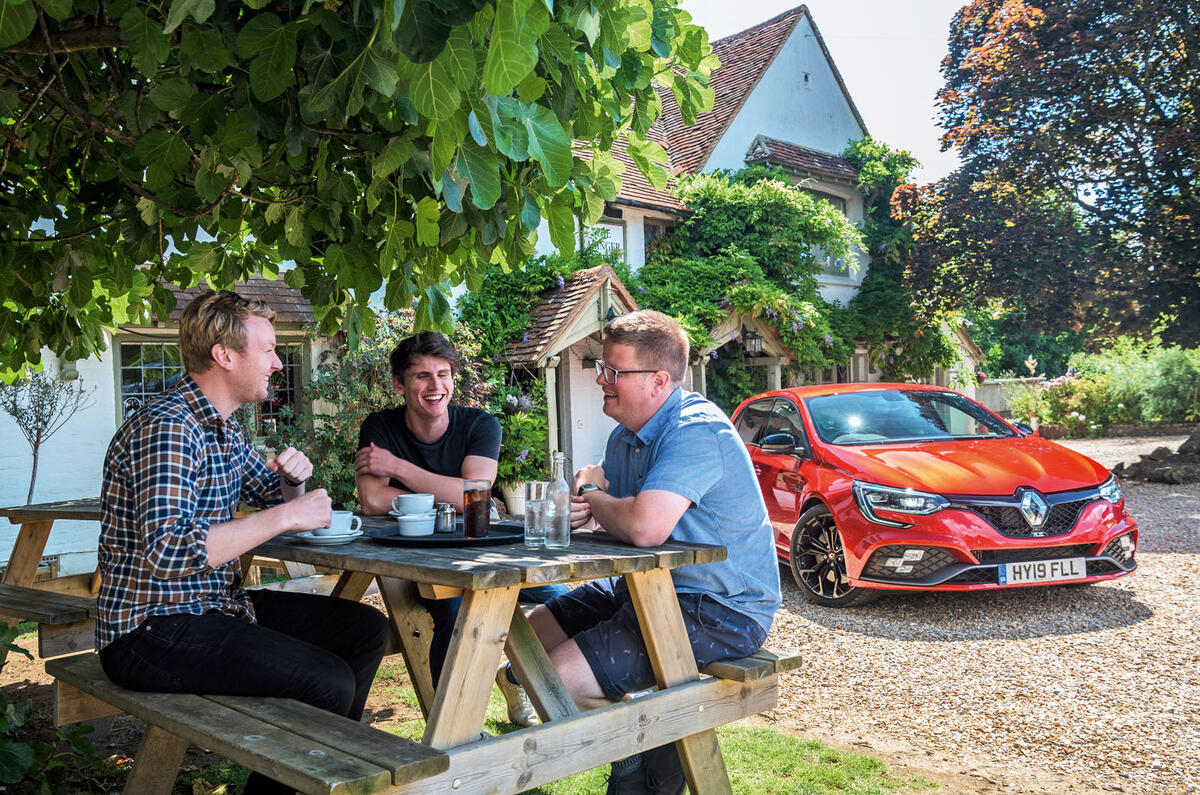
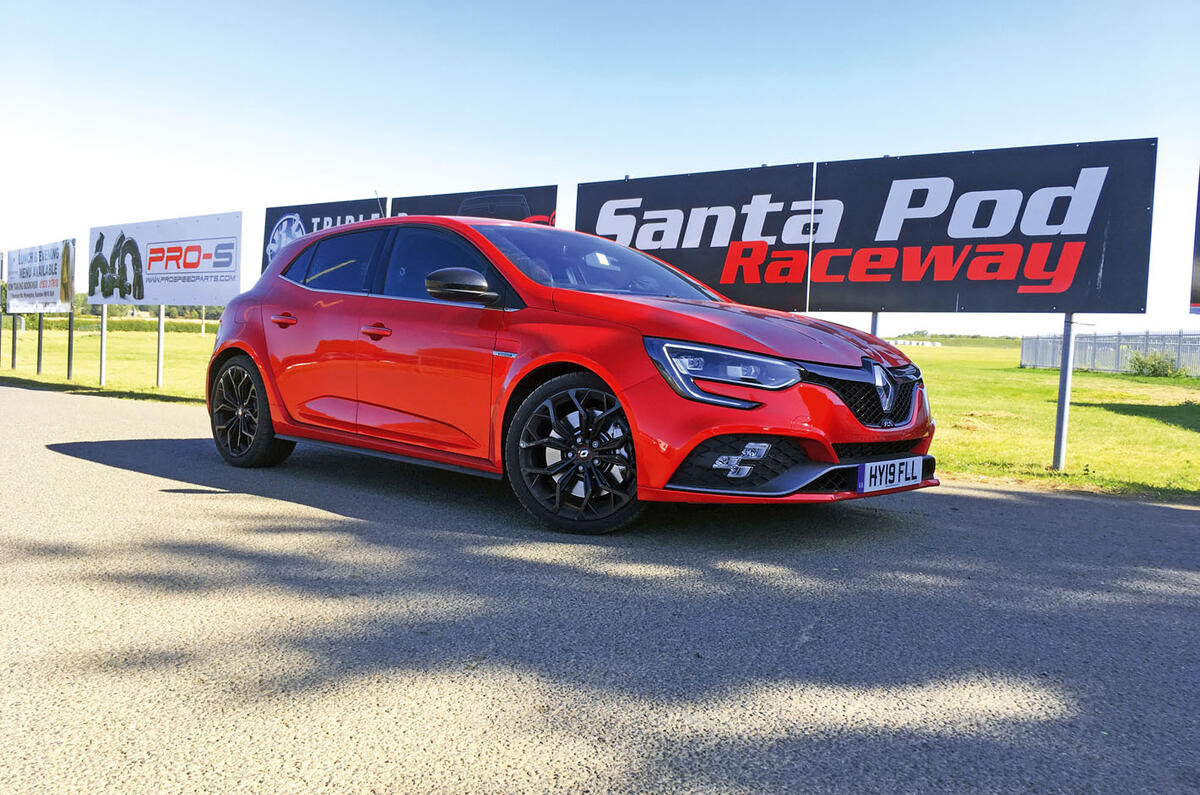
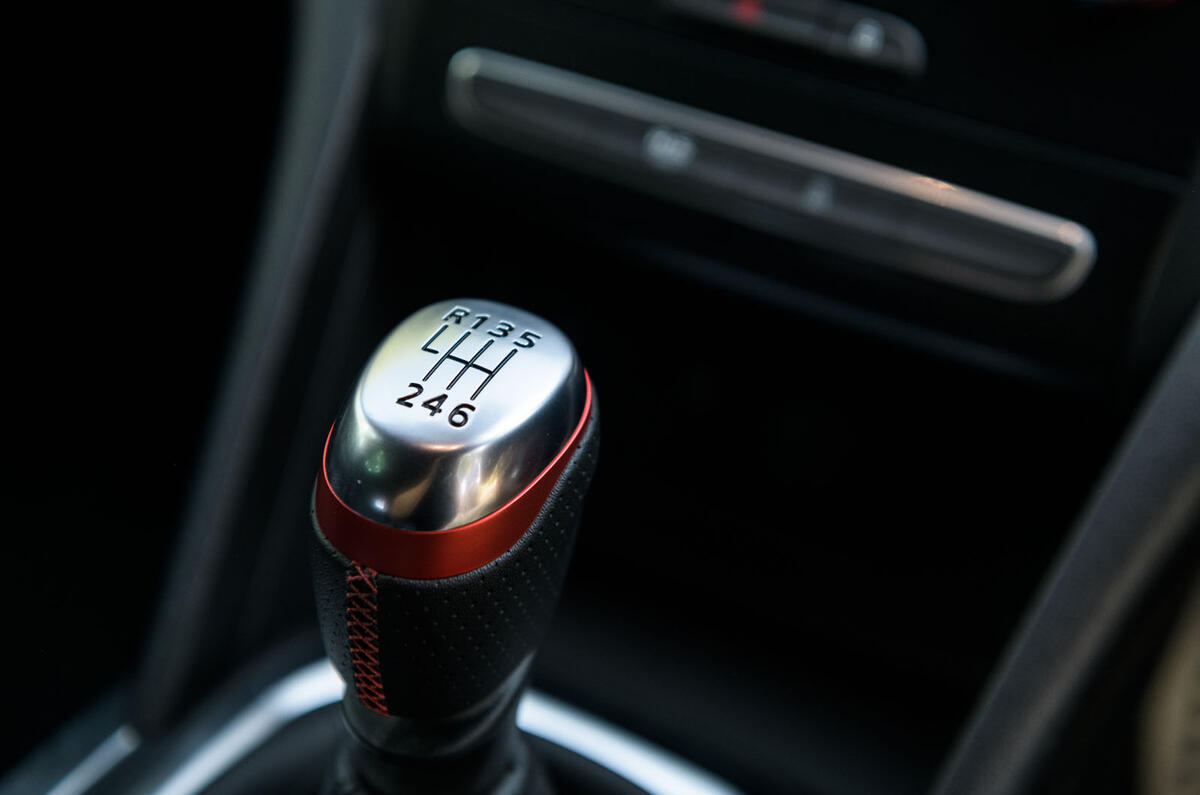


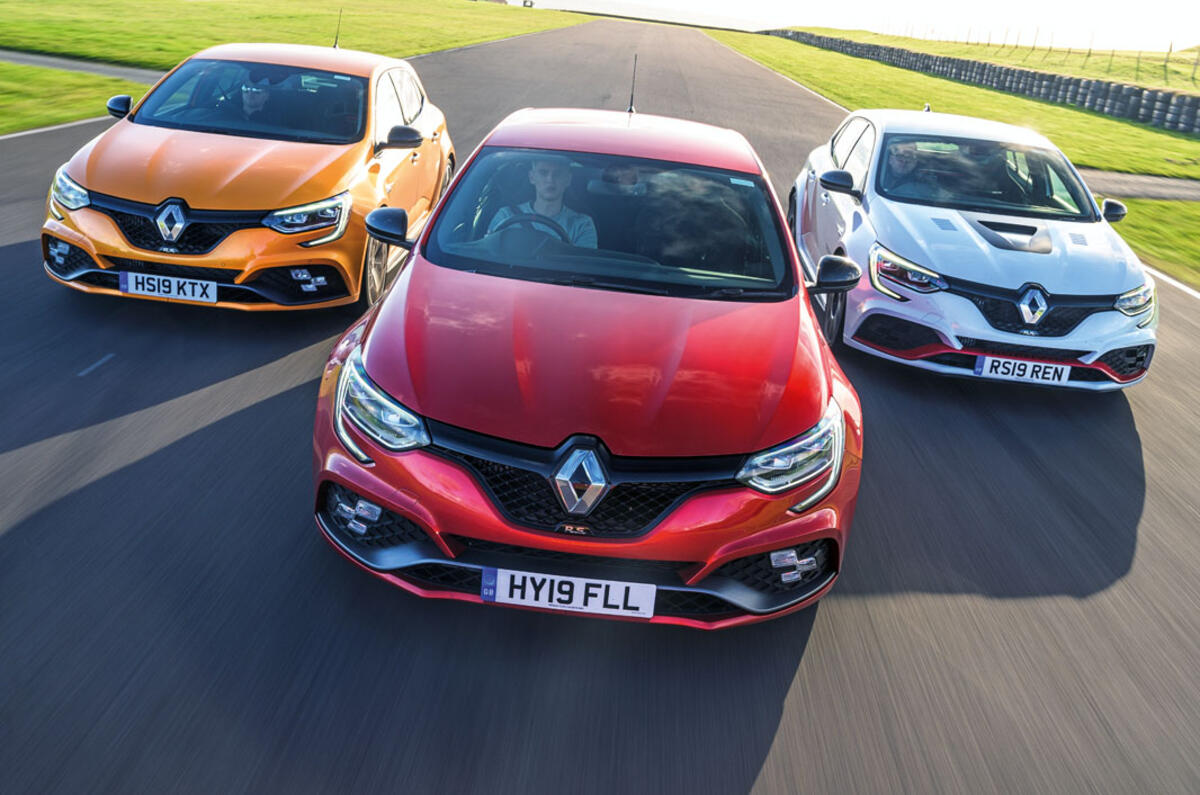
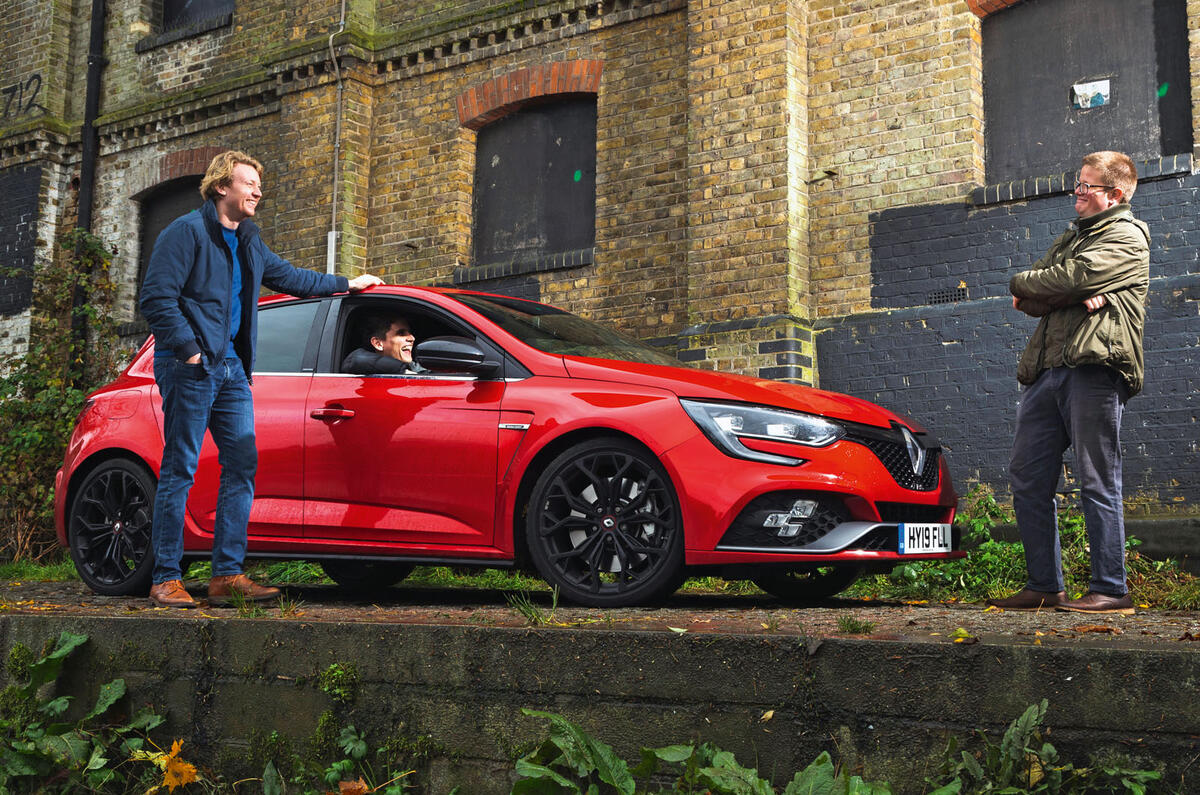
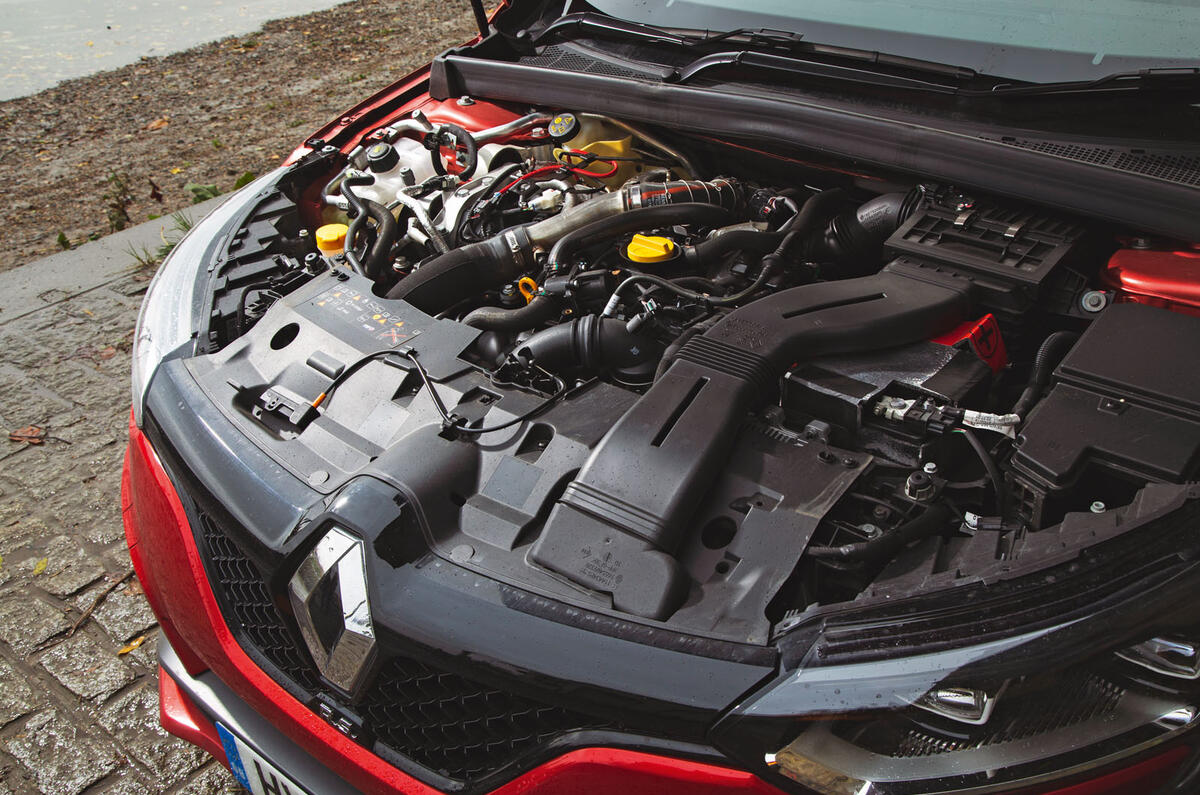
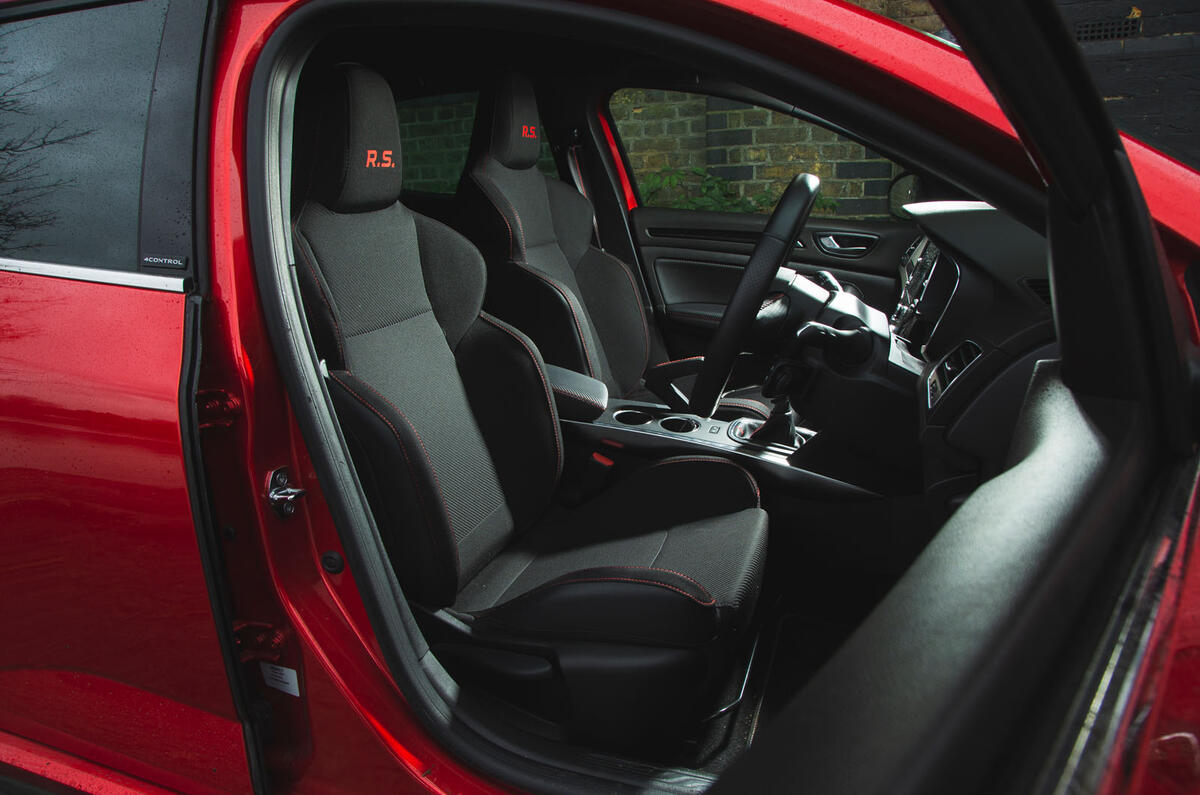
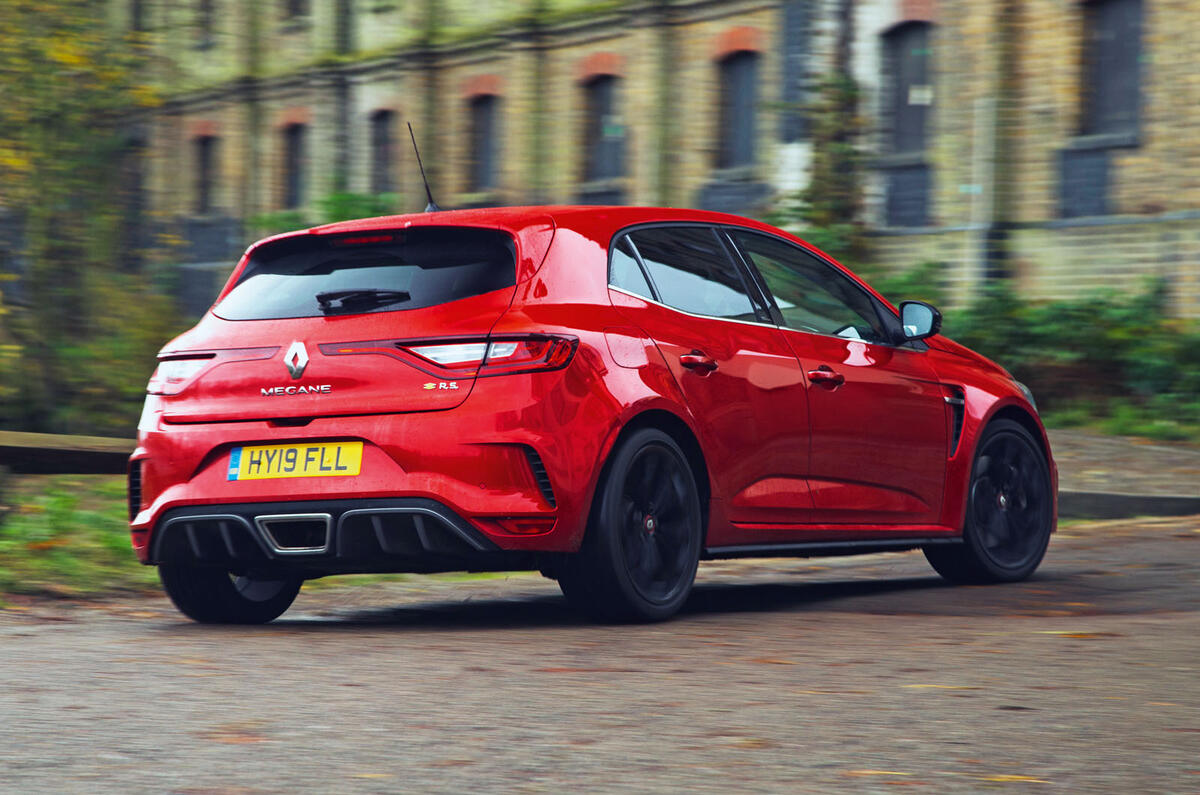
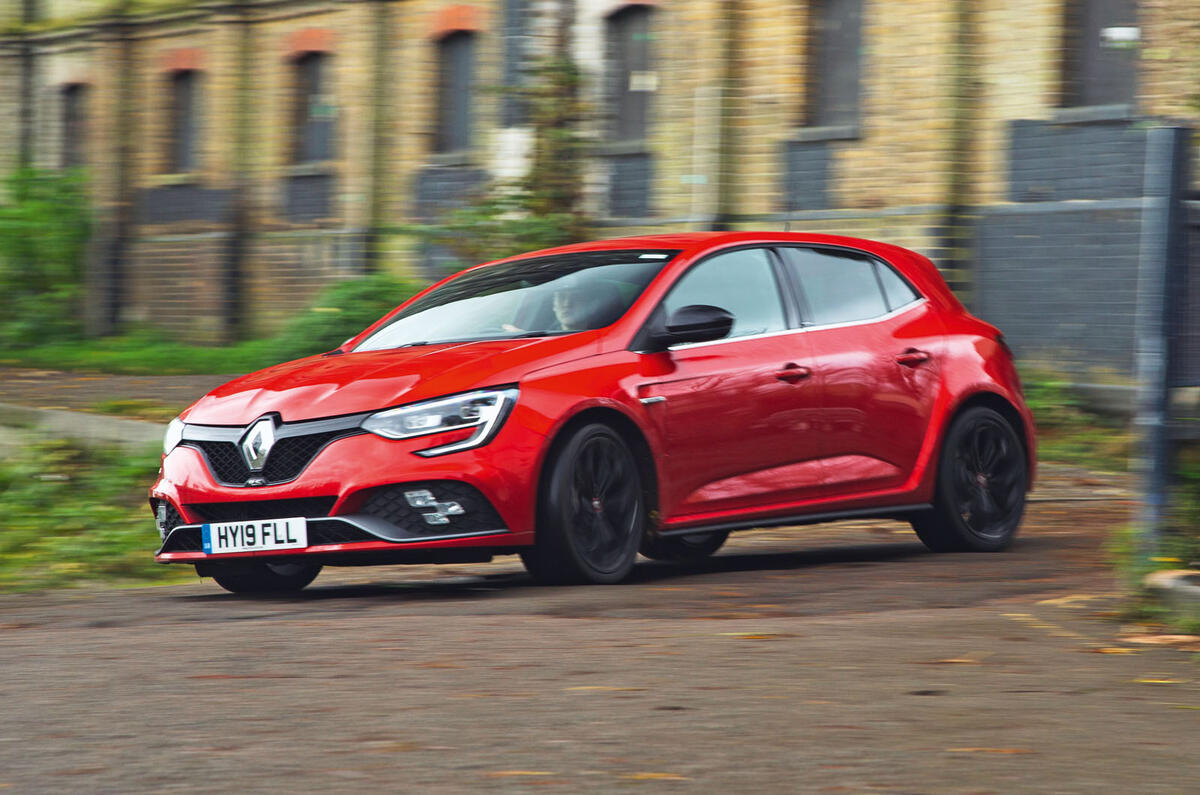
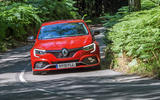
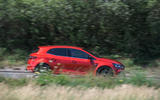
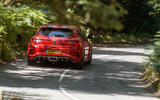
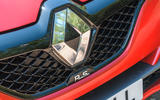
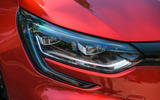
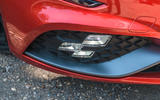
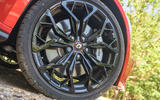
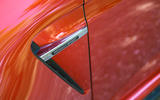

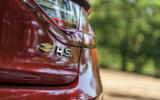
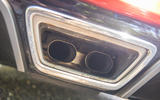
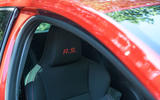
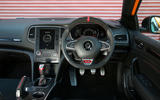
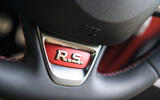
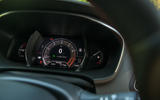

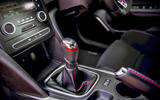
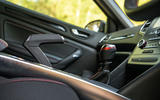

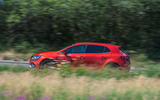


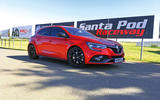
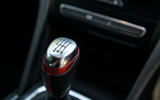
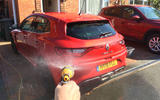



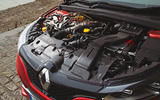
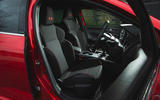

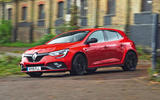


Join the debate
Add your comment
It was going so well....
...but you had to mention the VW mk2 golf as some sort of handling benchmark in the article and I cannot think why, it was not that good, I seem to remember the R5 turbo beating it when it came to a cross country blast, not even the Peugeot 205 could stay with the Renault 5 cross country.
Forgiven
For all the remote locking issues you gotta love this manual, sub 6.0 to 60, sub £28k very hot hatch. Afterall a 1.0 bog standard Focus starts at nearly £21k